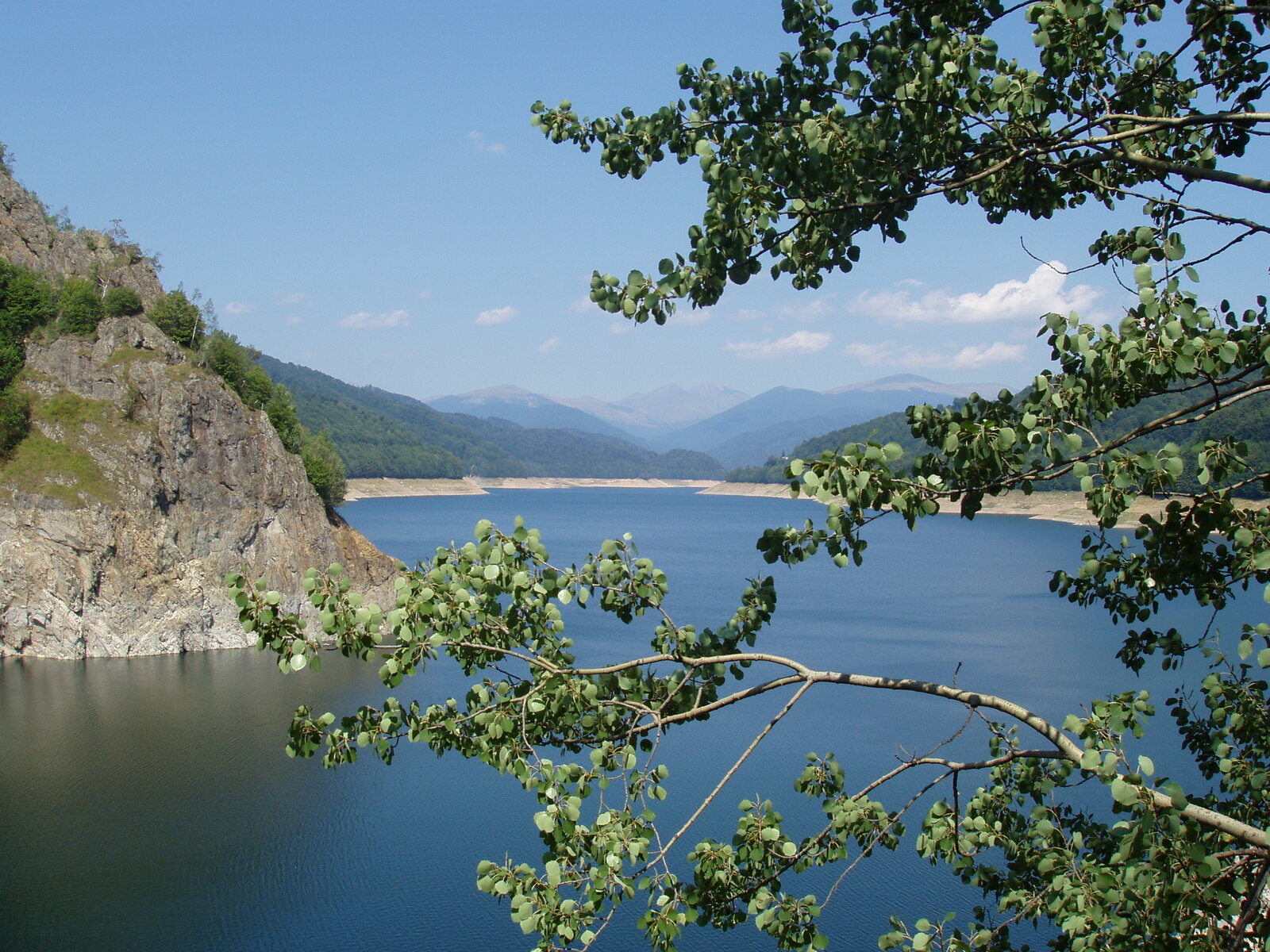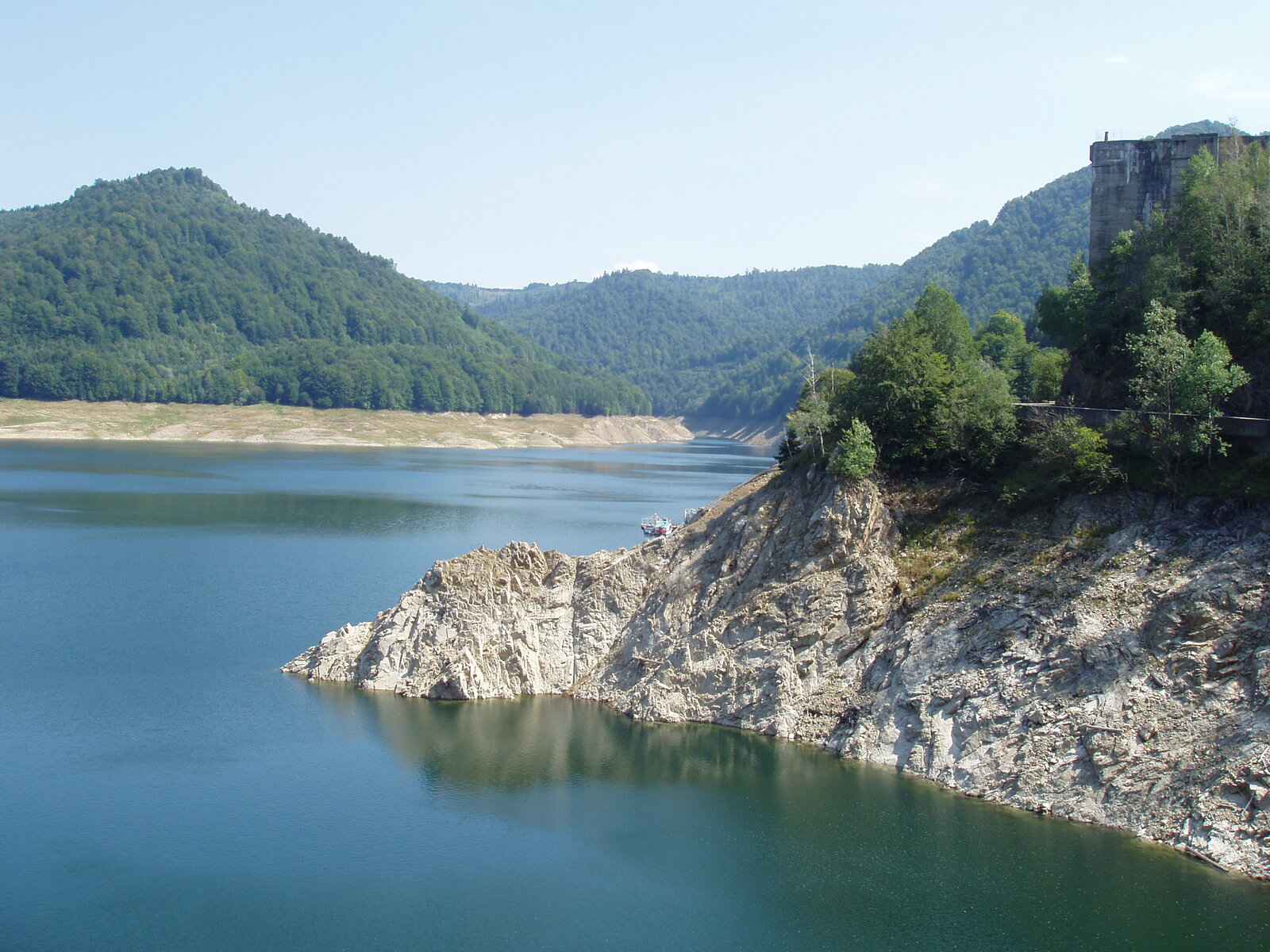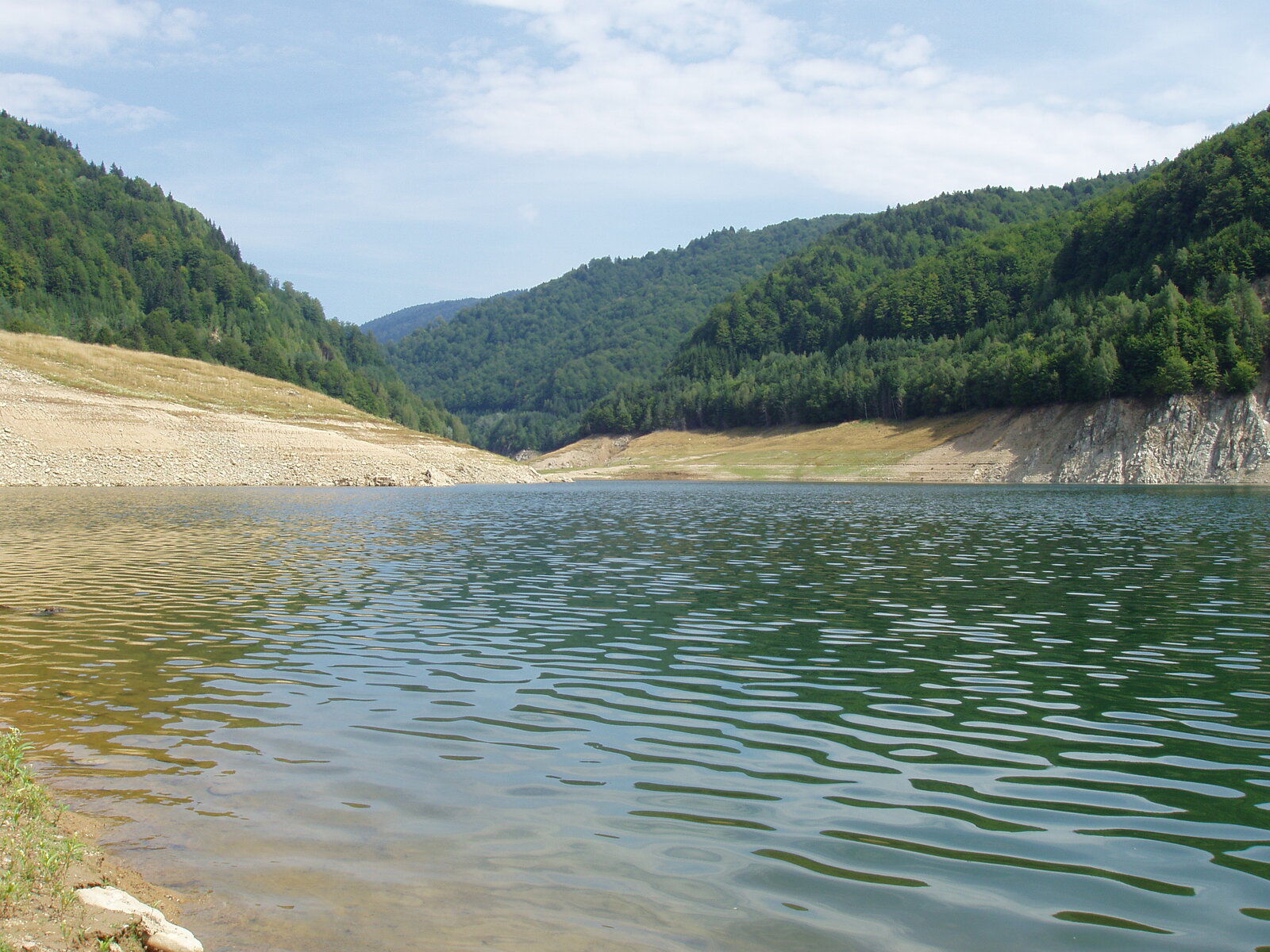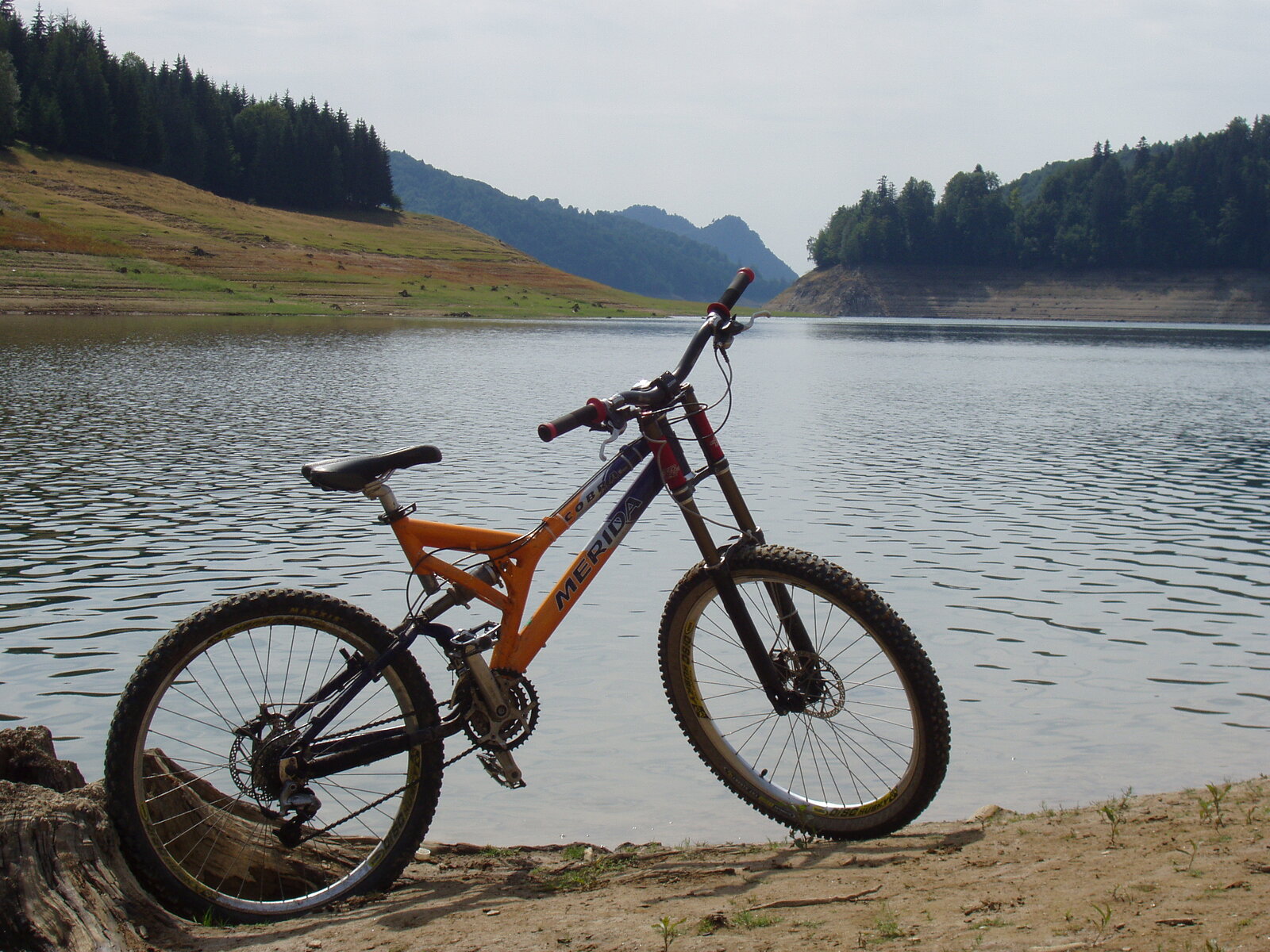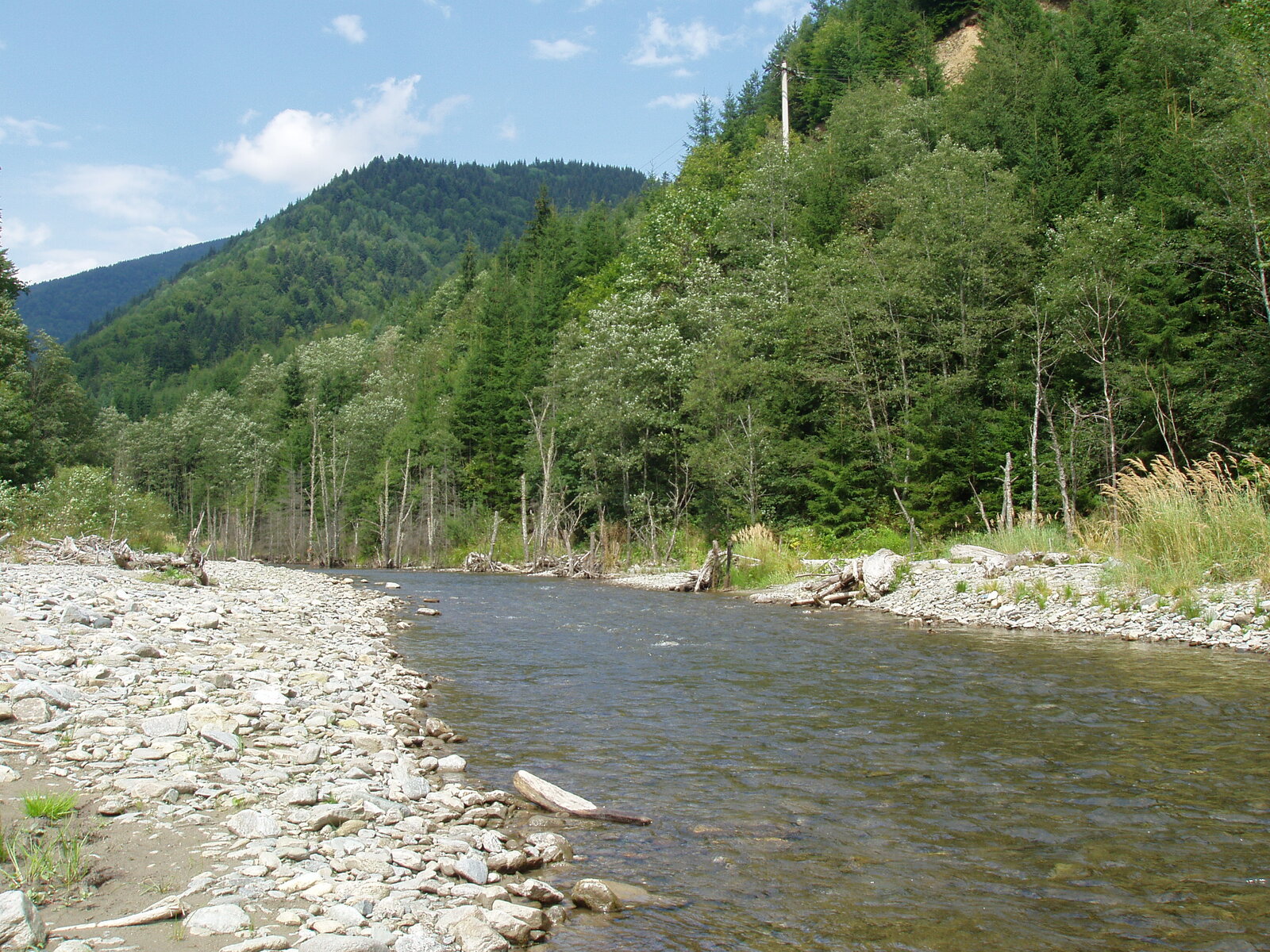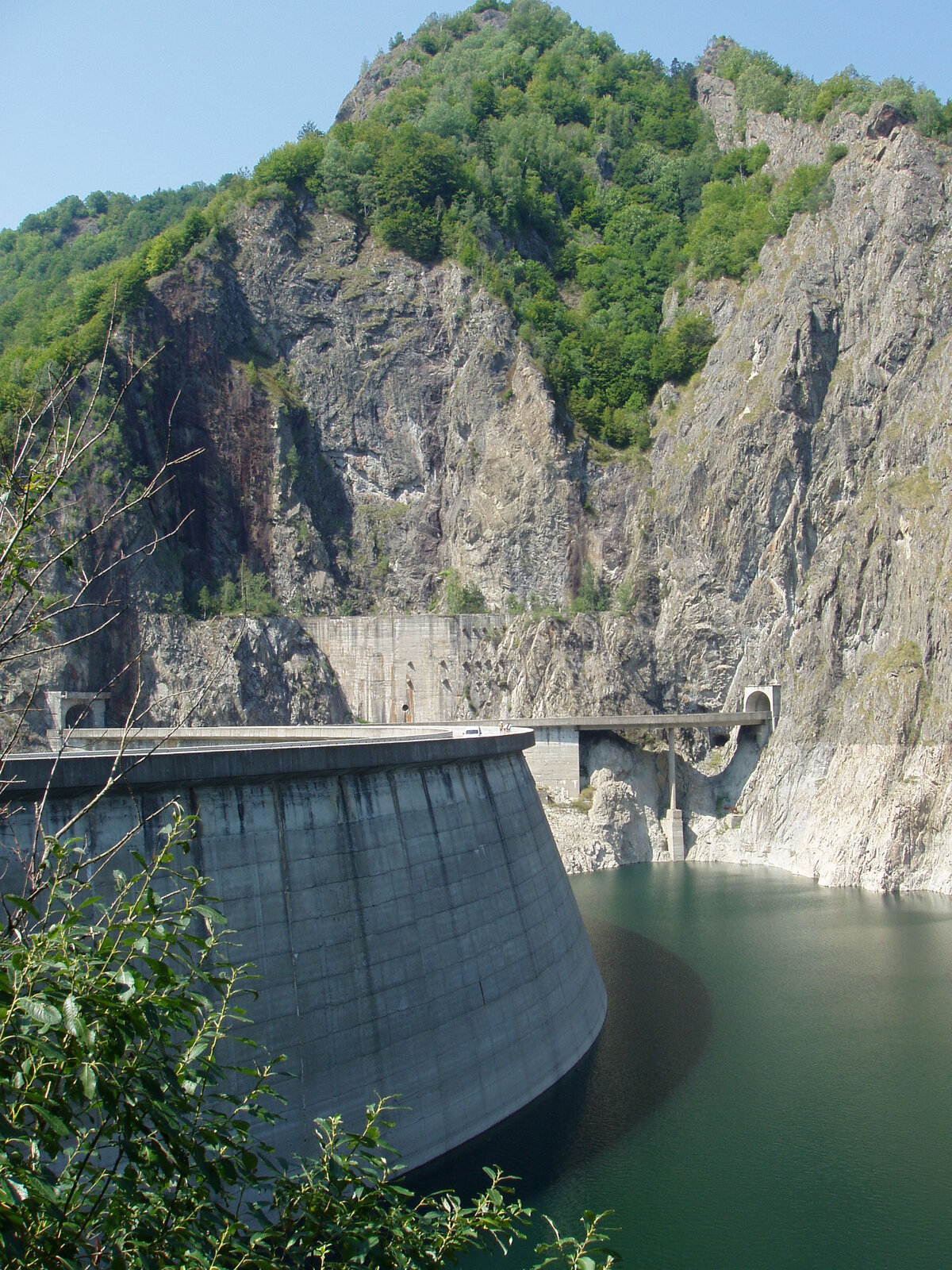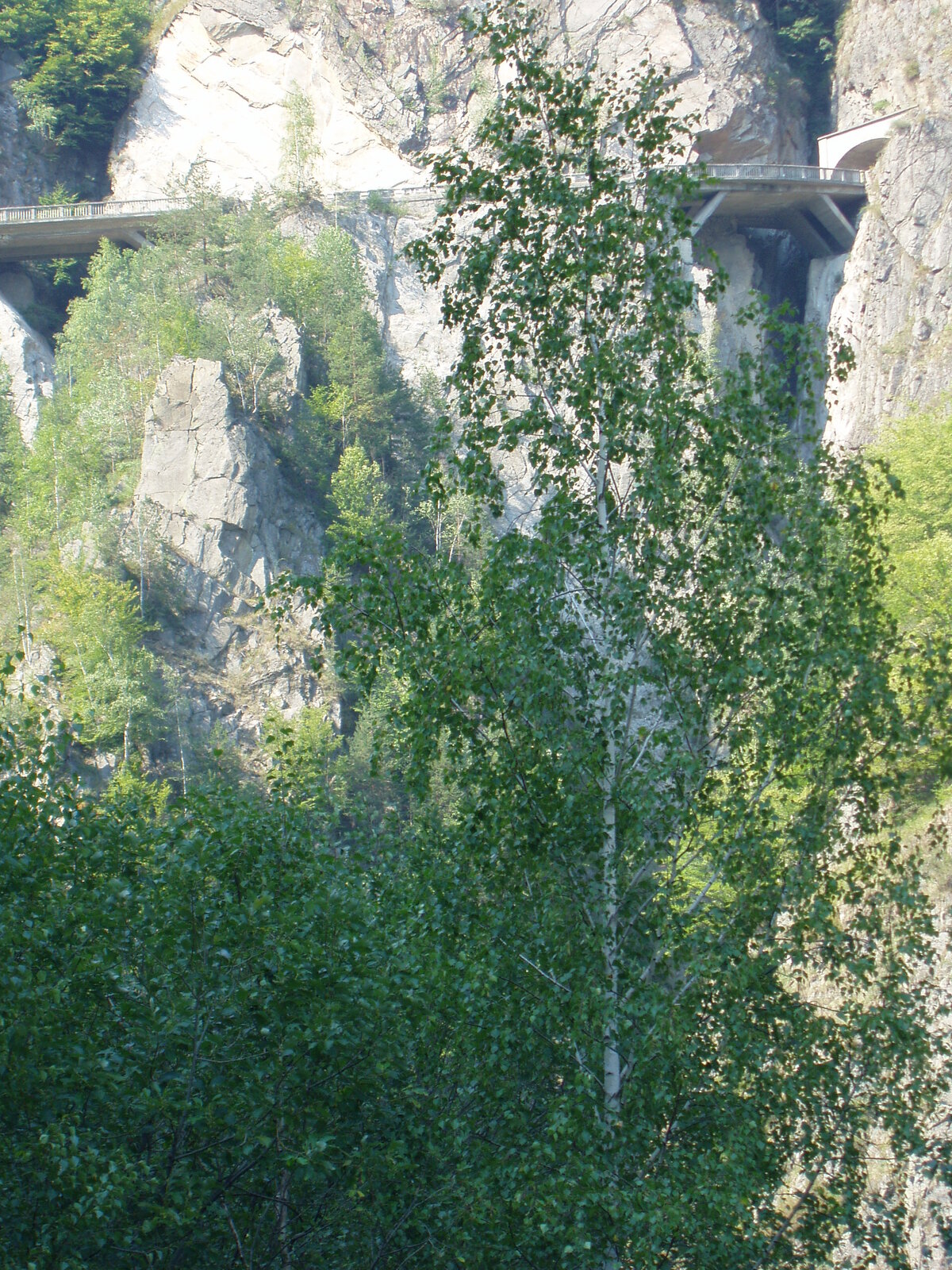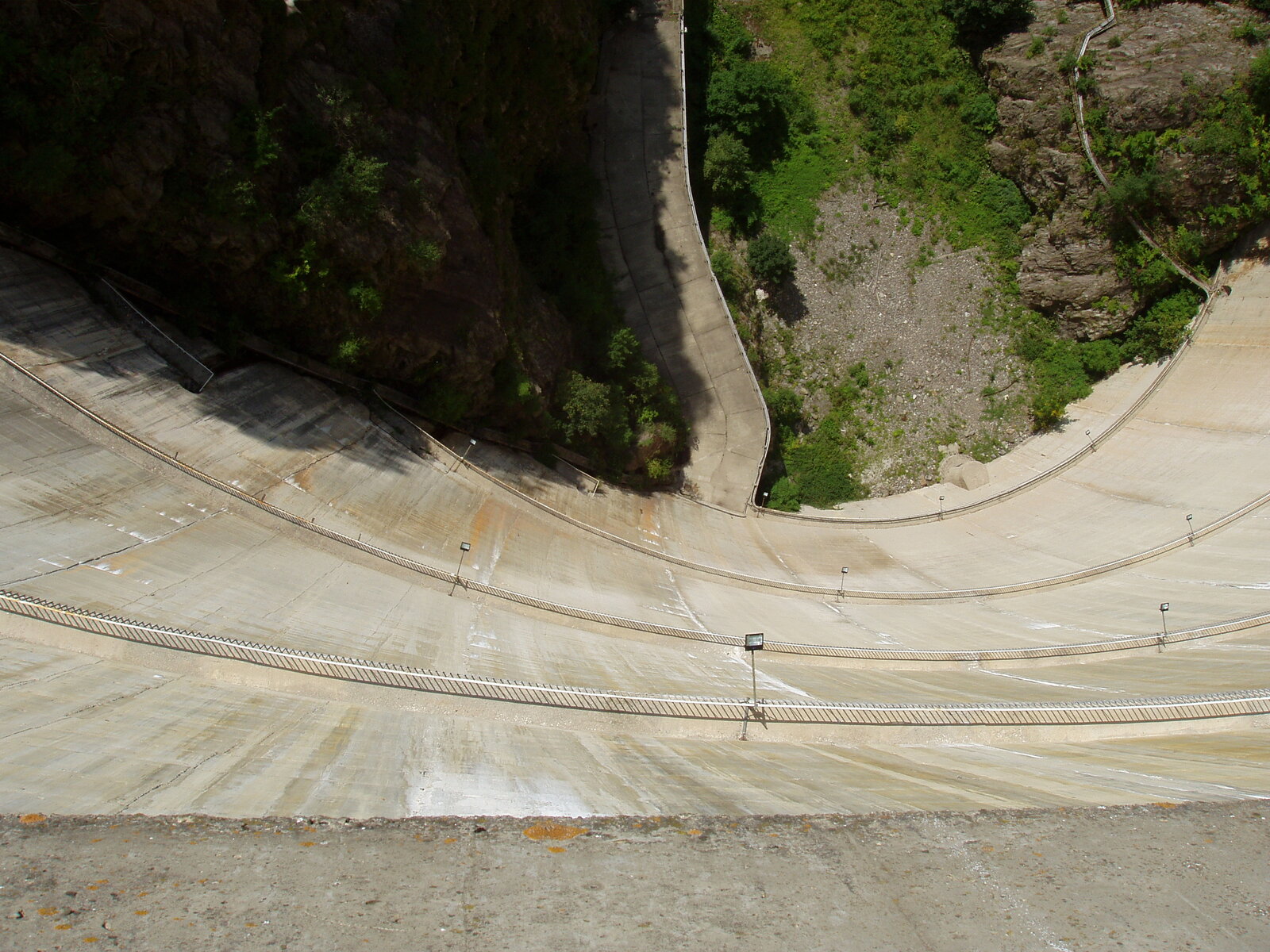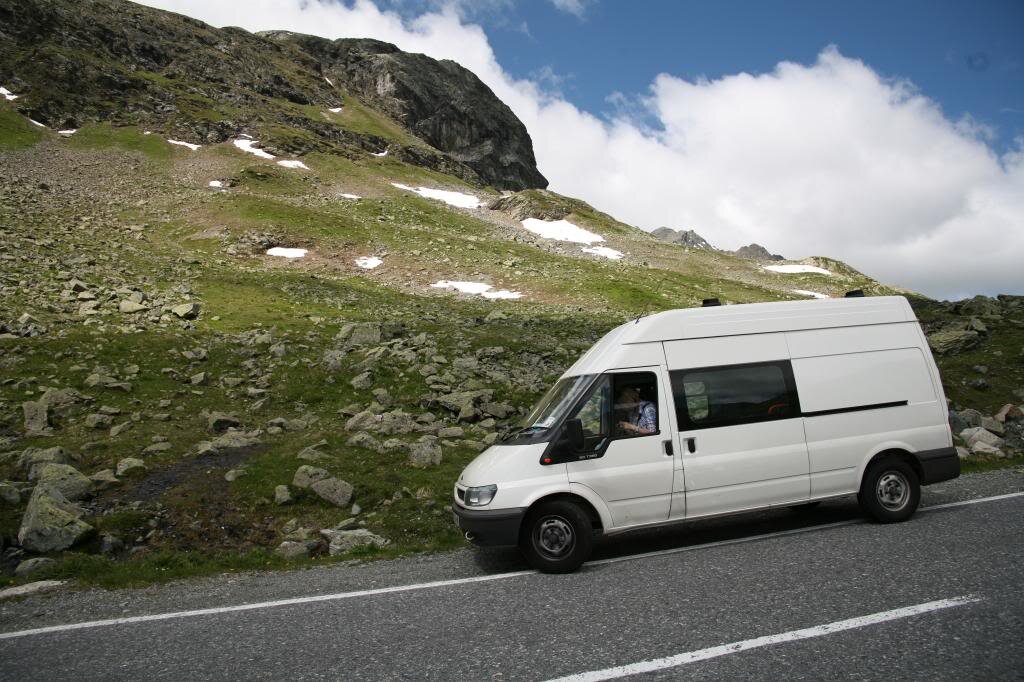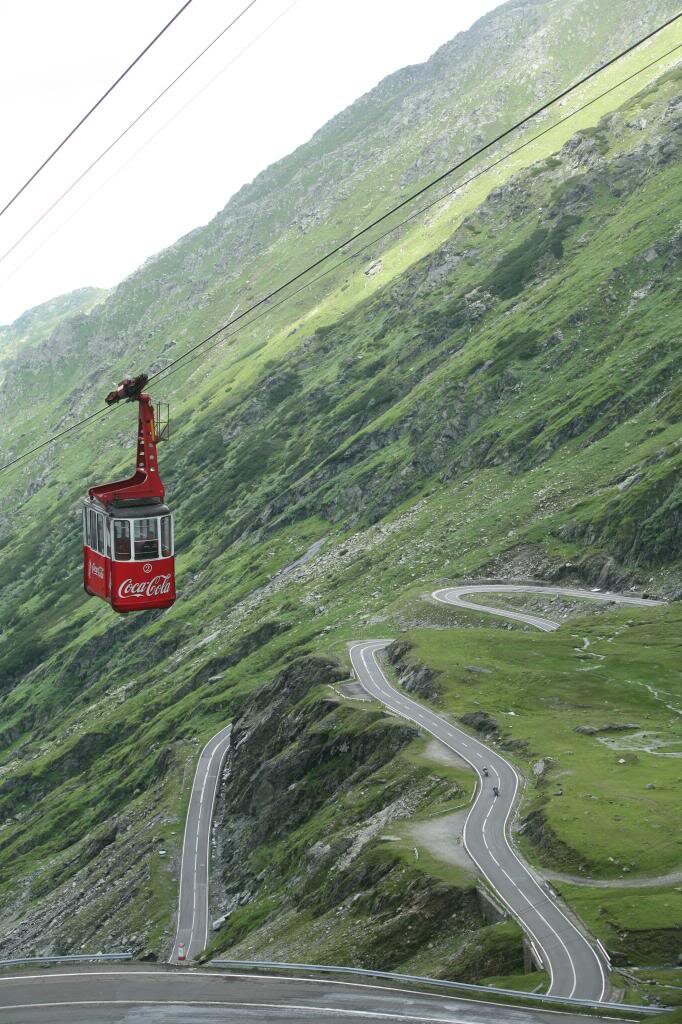First up, some facts and figures.
We got the ferry from Hull to the grandiosely named Europoort in Holland. Departure both ways is 8.30 pm arriving at the other end some 12 hours later. The cost of the ferry was £450.
The distance covered on the trip was 3905 miles, of which some 2000 miles were the outbound and return journeys.
We used 1026 litres of diesel for a total cost of £1097. The cheapest diesel was at just over £1 per litre in Austria and Hungary, the most expensive was UK supermarket diesel which before I left was at £1.33 – even more expensive than the fuel available at continental motorway services. No surprises there I suppose. Diesel in Romania was an average if £1.13 per litre.
Fuel consumption ran at 17 mpg – worse than last year’s Norway trip when consumption was 21 mpg. I attribute this to running on muds rather than ATs, but driving in low on the tracks in the mountains also contributed. Why muds? Because as a single vehicles driving on muddy mountain tracks I felt it would be better. Actually except for a few small section, it was not really necessary.
Austria, Hungary and Romania all have a vignette system where you have to purchase local road tax on entering the country. Austria cost Euro 8.5 for 10 days. We bought one going out and one coming back as it was cheaper than buying a 30 day vignette. Hungary cost Euro 18 and Romania Euro 7, both for 30 days.
We spent 14 days in Romania, wild camped on 12 nights and spent 1 night in each of a B&B, a 4 star hotel and a campsite. The remaining nights were spent in campsites in Vienna, Budapest and Nurnberg.
One tip from Clive about buying fuel in Romania – always carry enough cash to cover the purchase of a tank full of fuel. If the card machine at fuel station fails to connect to the bank (it happened to me once but seems to be a common enough occurrence for Clive to have pointed it out – thanks for the tip Clive), you will have to cough up hard cash. Funnily enough something similar happened to me in Norway where late one evening all the unmanned automatic pumps in a town were not working – the network was down - I had to wait till the following morning for a fuel station to open so I could pay cash.
Finding a good source of potable water is always a bit of a headache when overlanding. We ‘imported’ 40 litres of water into Romania but this obviously did not last the trip. Most houses in the smaller towns and villages have wells, and it is likely that in some places that is where they get their drinking water from. It is probably fine for someone who has grown up on that water but I am not sure I would be comfortable drinking it without boiling or sterilizing, especially as there is a risk of contamination from livestock waste or seepage from faulty drains etc. There seem to be public taps in villages and this would be a better source. We resorted to buying bottled water for all our needs. Large 10 litre bottles cost just over a £1. I didn’t keep track of it, but maybe we spent £5 on water. That is negligible when compared to the cost of the trip and gives you peace of mind and avoids tummy problems. Clive might be able to give some insight into the water source situation in Romania.
Enough rambling. On with the trip.
Day one was a long drove - Europoort to Vienna – 743 miles in some 13.5 hours. It was quite a marathon but we wanted to get the miles behind us an chose Vienna as our first stop as it was somewhere we wanted to visit. We stayed at Wien Neue Donau campsite
http://www.wiencamping.at/nd/en/index.asp for two nights. The campsite is a short walk and some 15 minutes by train from the centre. Vienna is an old classic city with palaces that date back to the Austro-Hungarian Empire and well worth a visit.

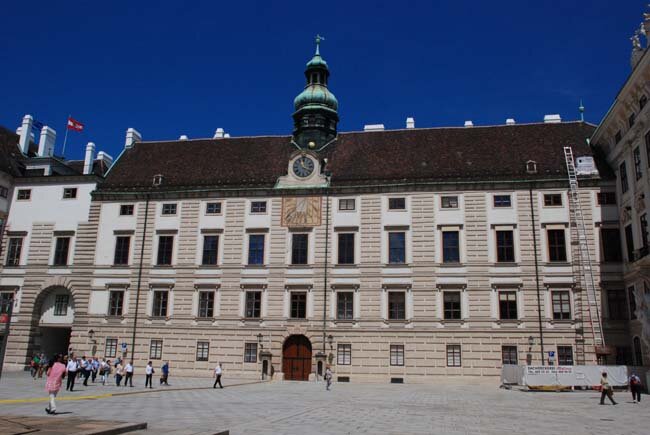
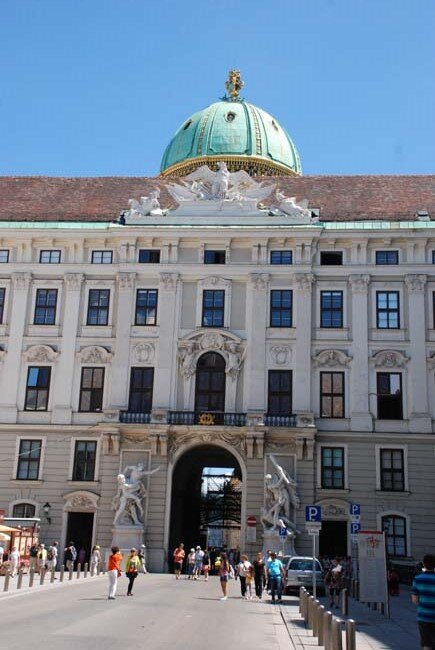
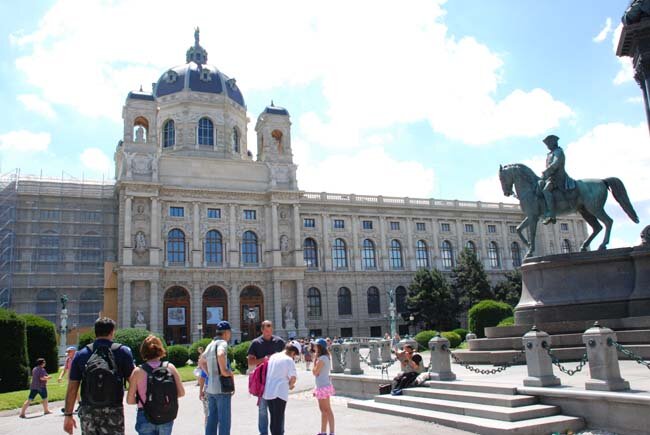
From Vienna we headed into Hungary and then on into Romania. We entered Romania at a small border crossing just outside of Mako, Hungary joining the DN6 in Romania. We were greet by an unusual spectacle (well, for us anyway) – a Polish tourist and the vignette official having a very loud argument about the vignette. It seems there was a misunderstanding about the duration of the vignette. Anyway we paid ours and headed for Timisaora and continued on to Rosita.
In Rosita there were a number of abandoned industrial sites – legacy of the communist days and urban explorer heaven. No, we didn’t stop. We were to see more such abandoned sites, some industrial some agricultural, during the trip.

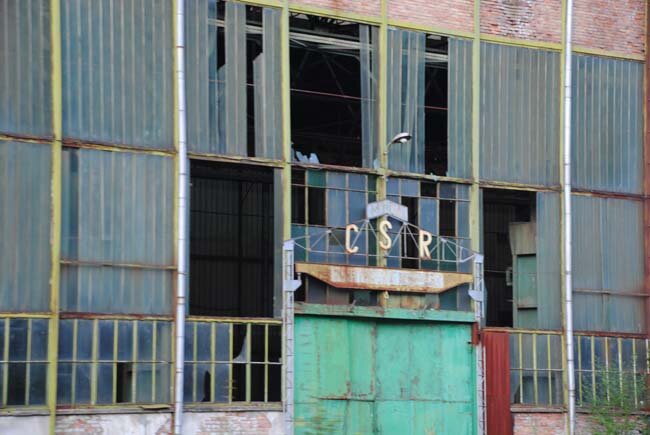
We headed for the hills, forest and our first track, and our first night of wild camping in Romania.
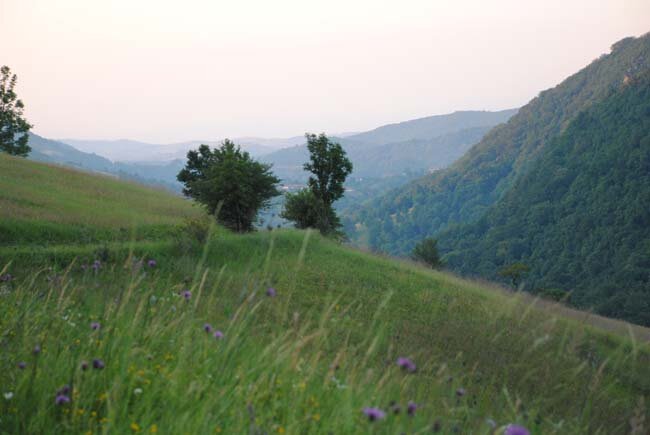
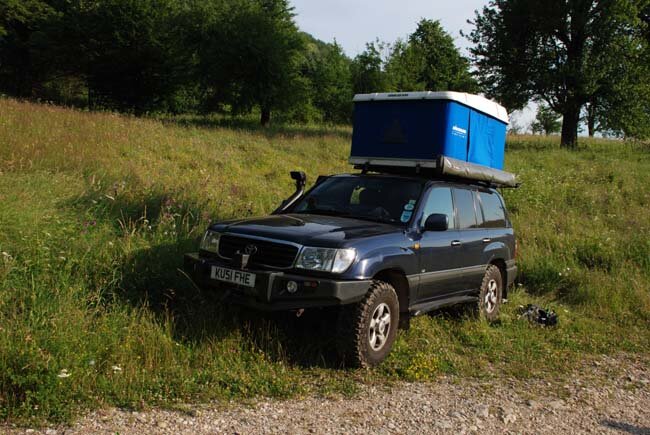












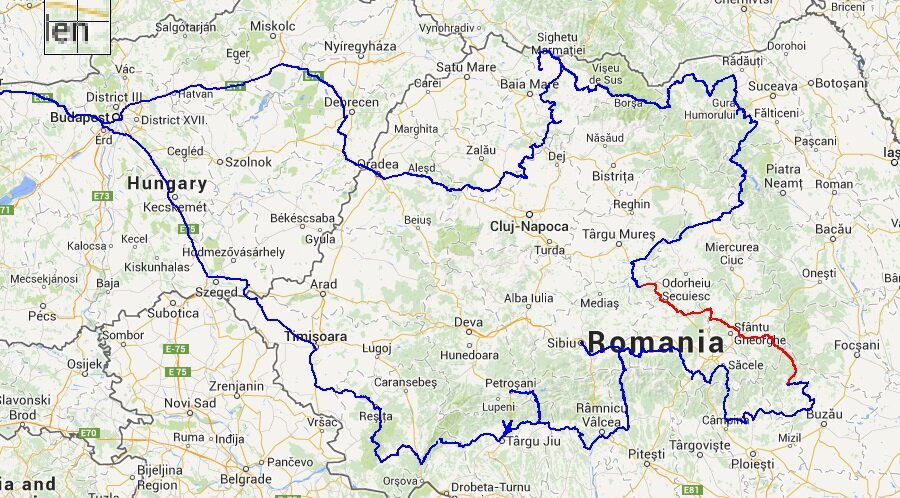
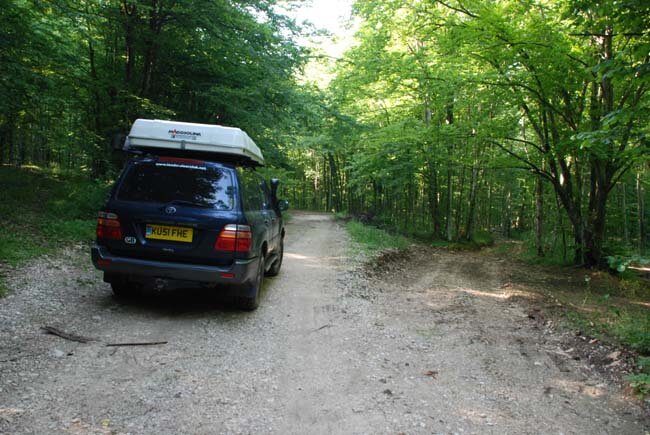
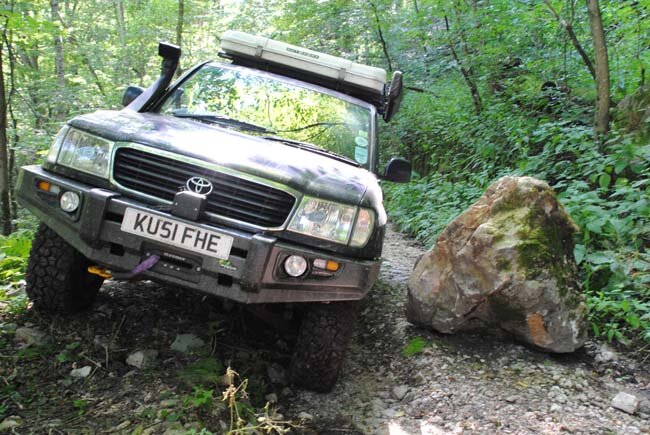
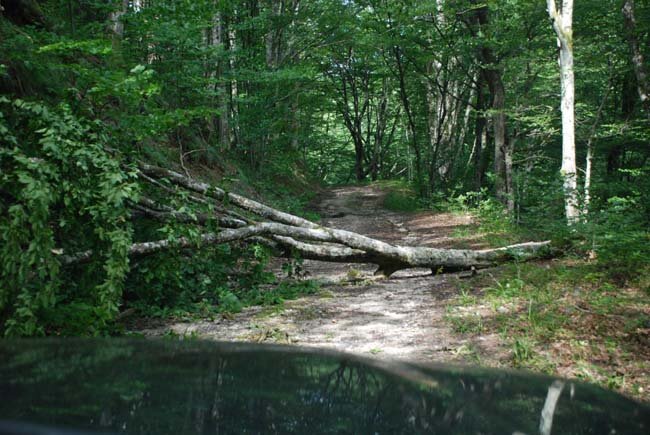
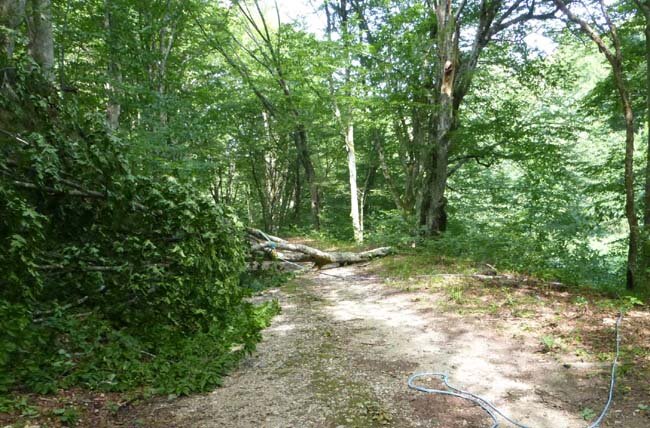
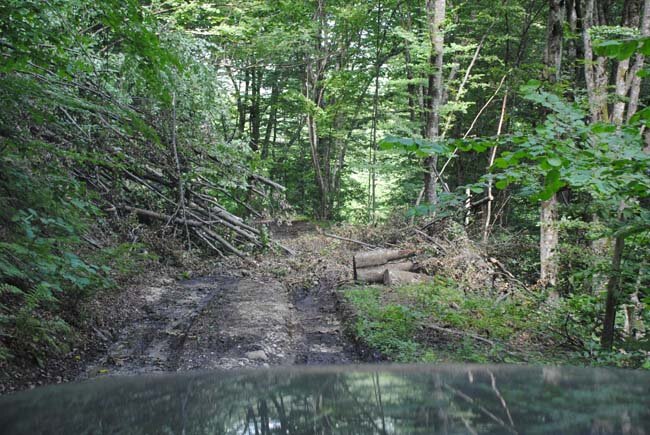
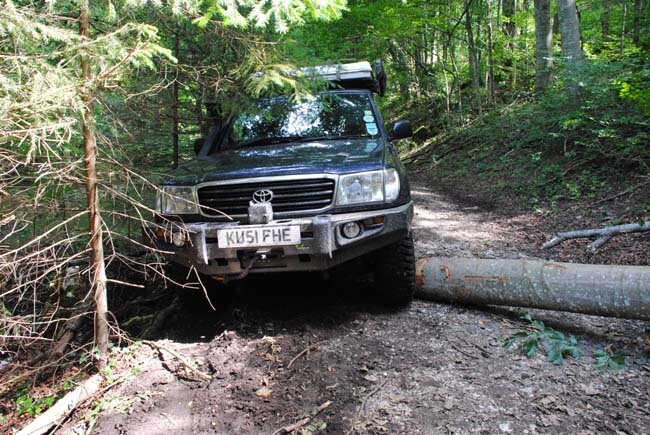
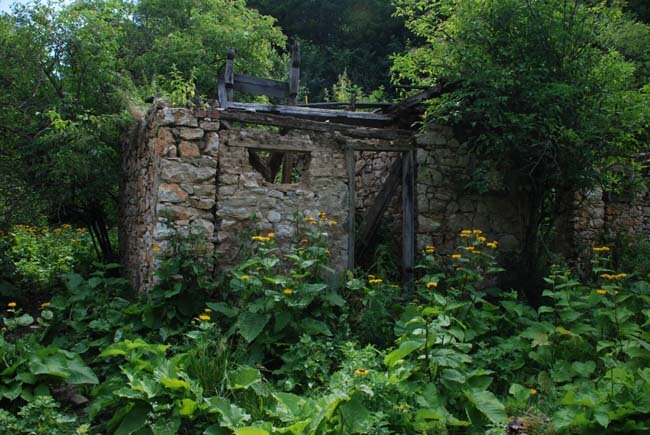
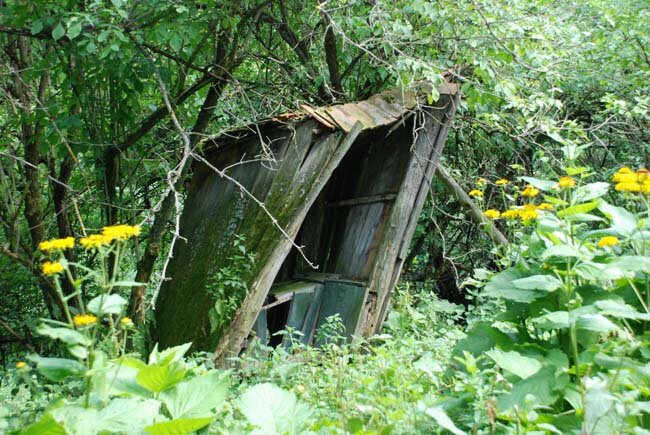
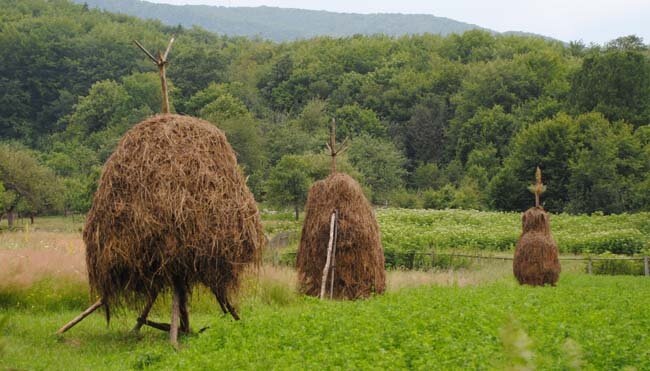
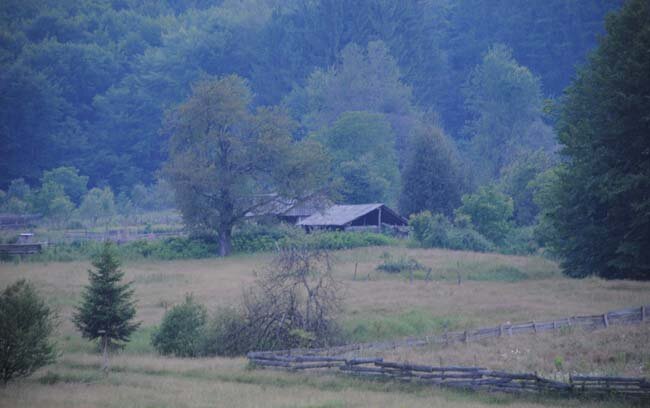

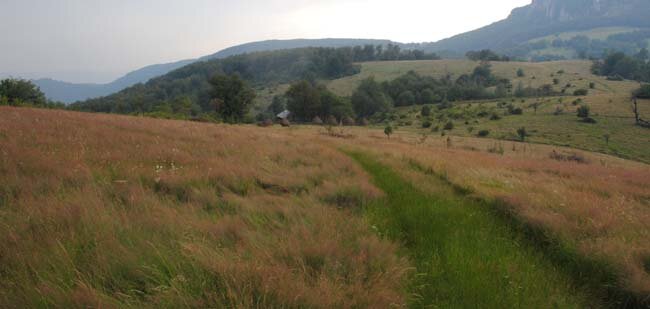
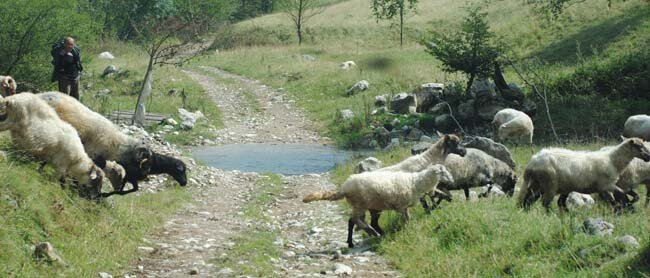
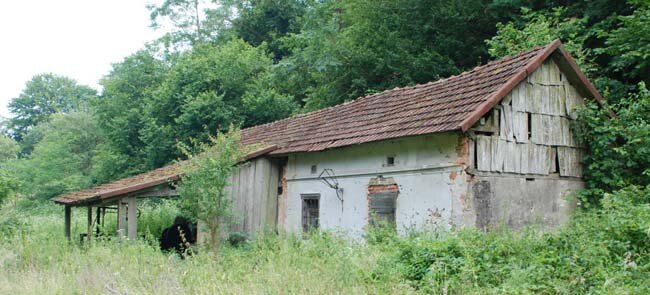
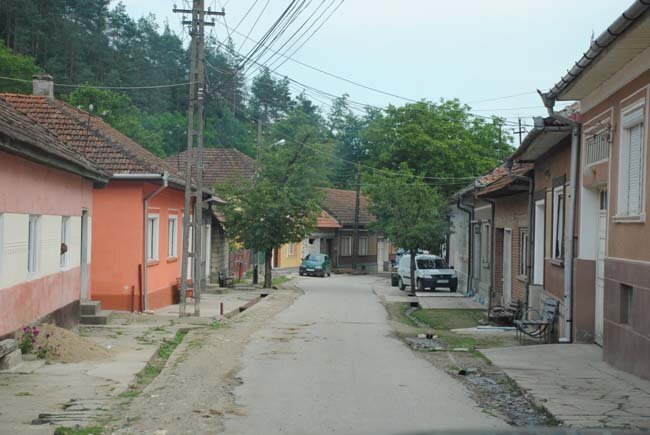
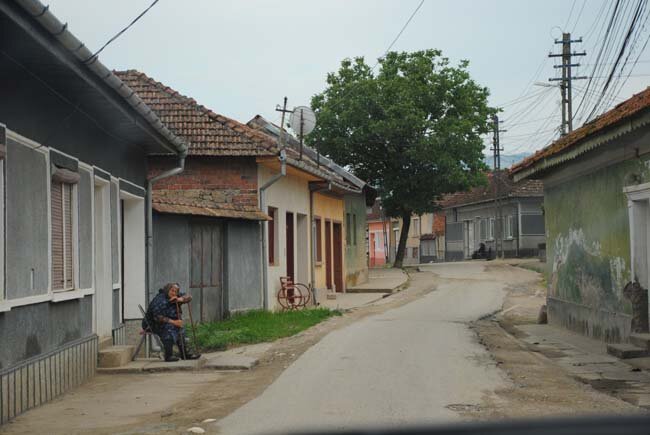
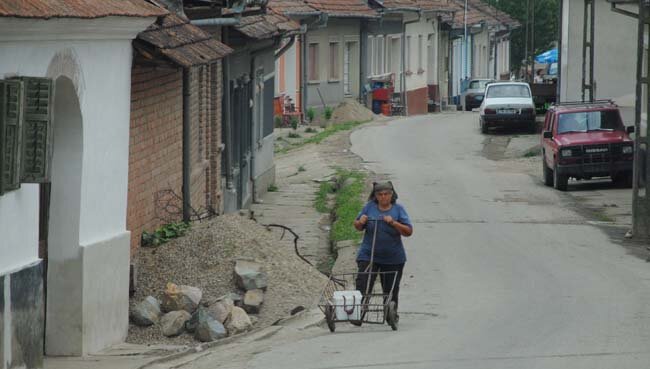
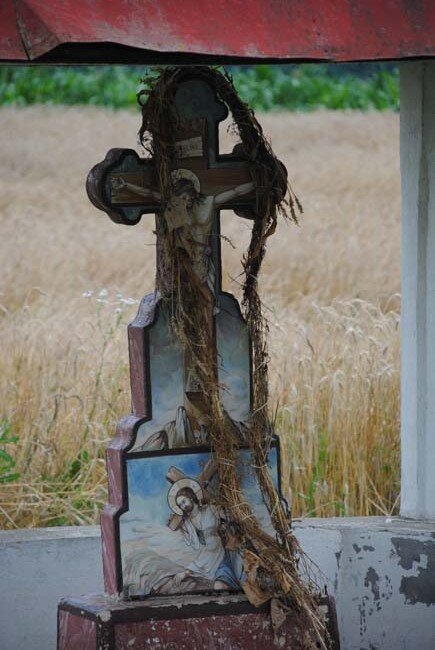
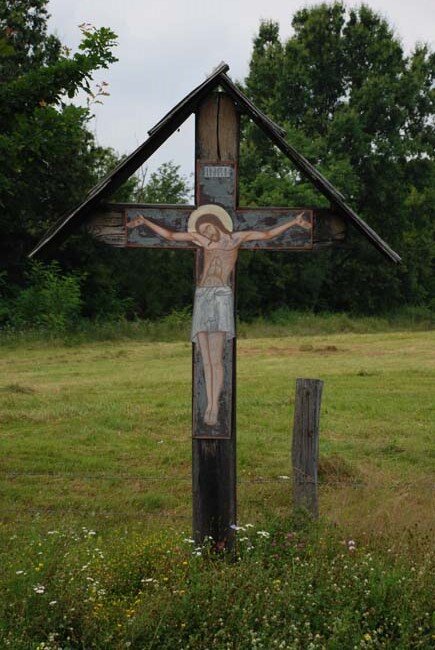
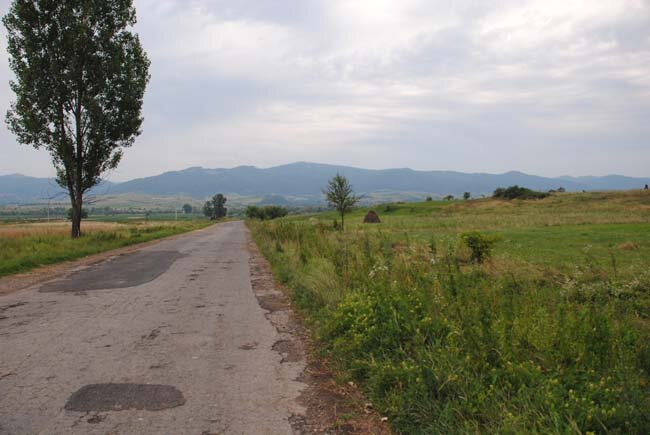
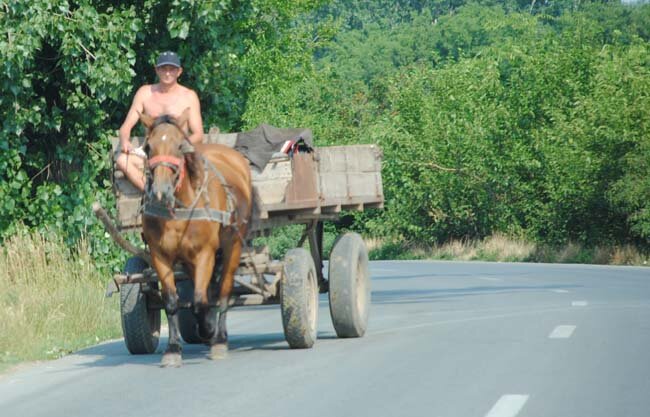
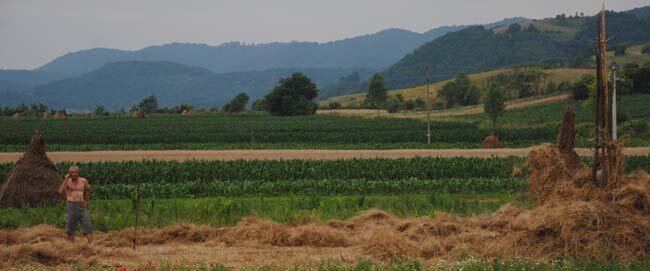
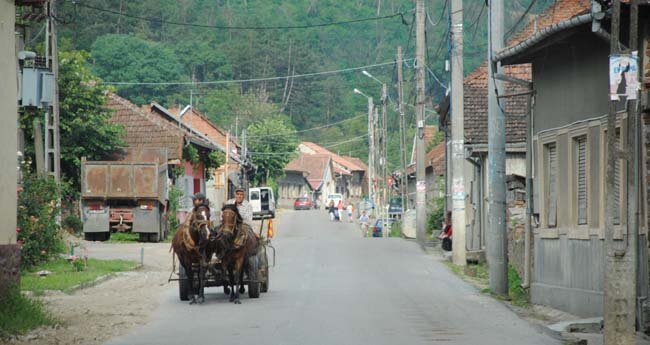
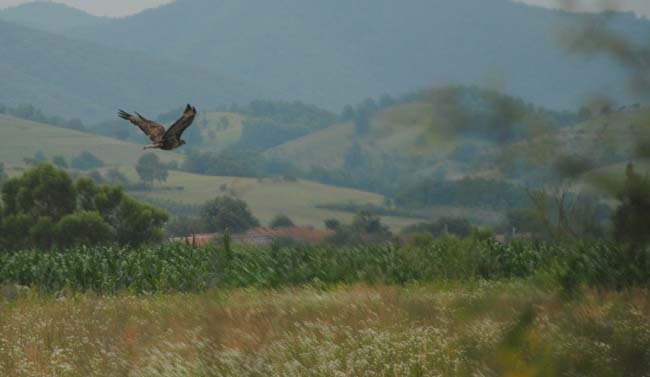
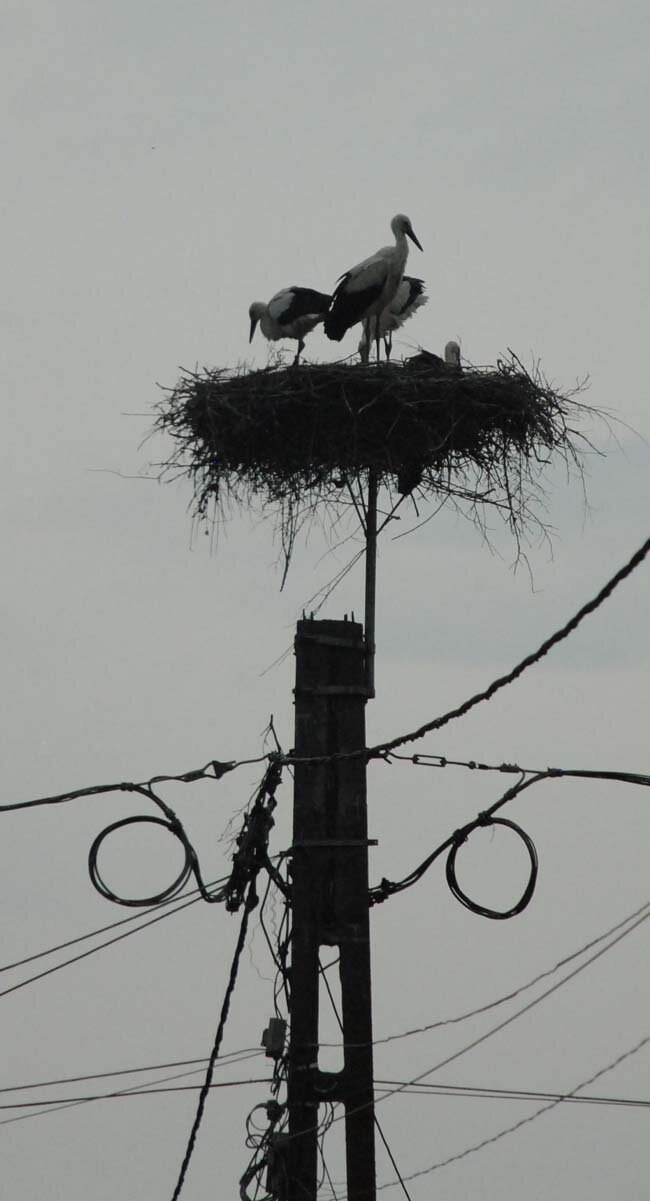
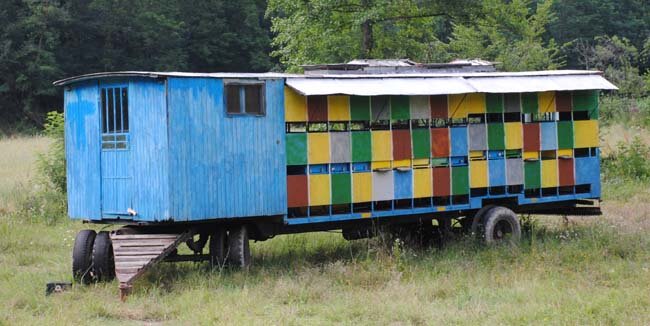
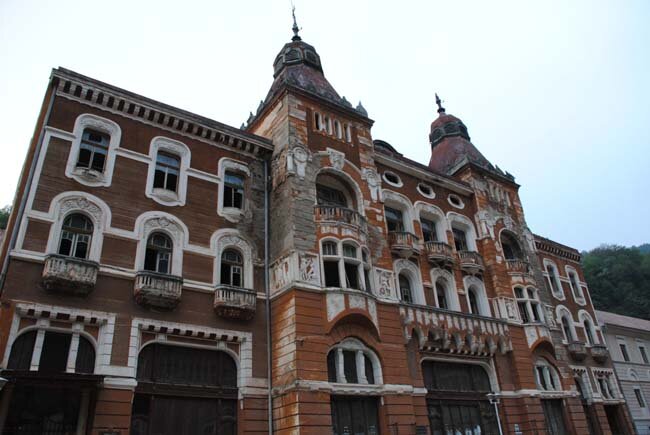
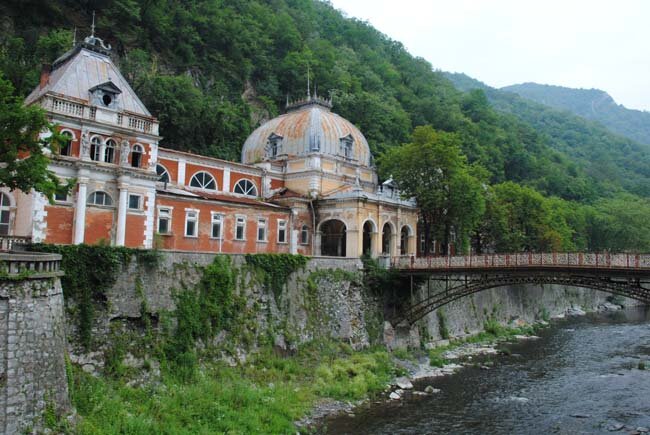

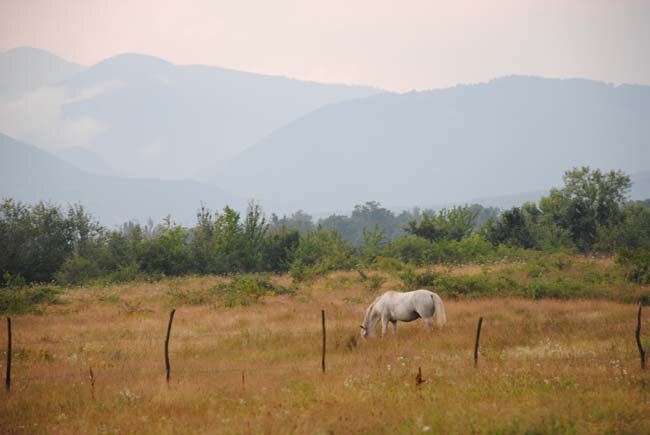
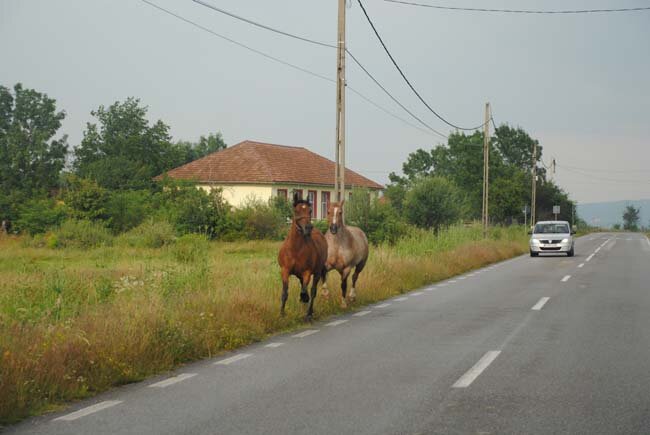
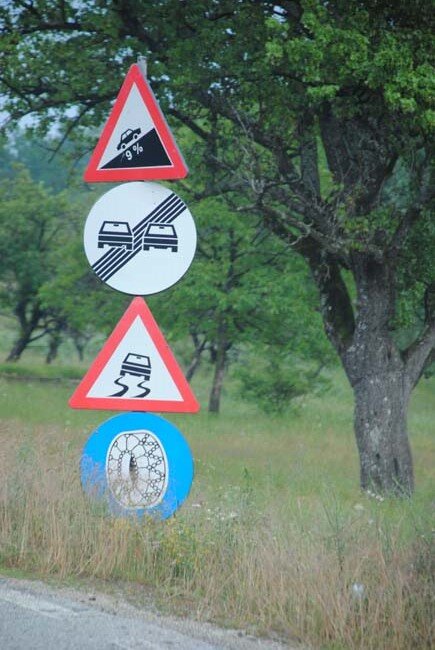

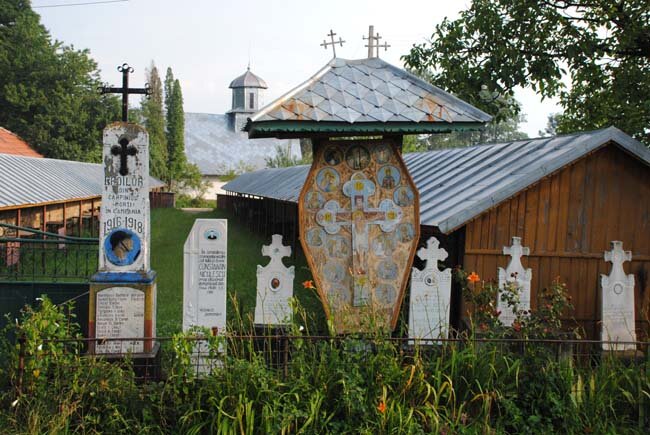
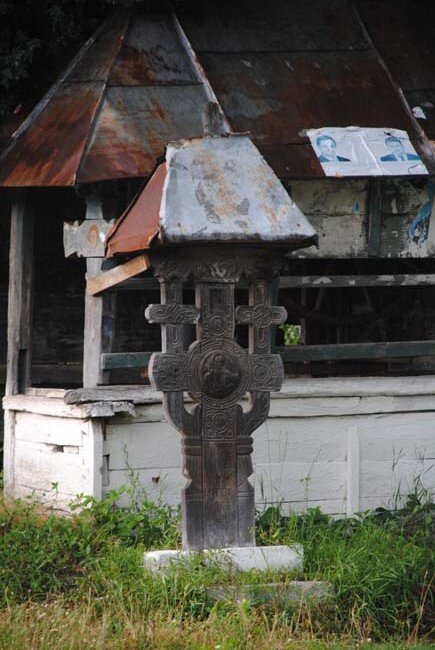
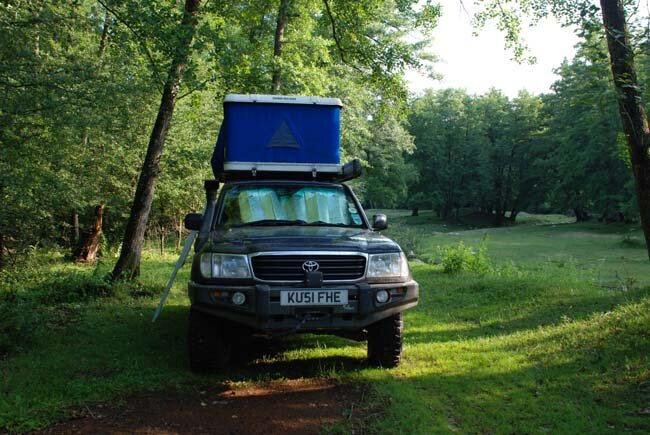
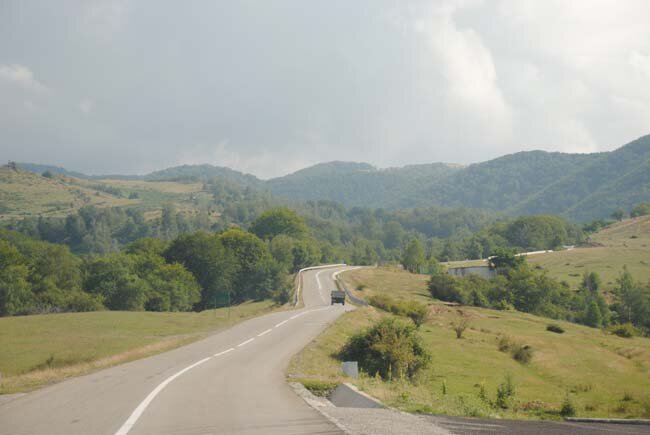

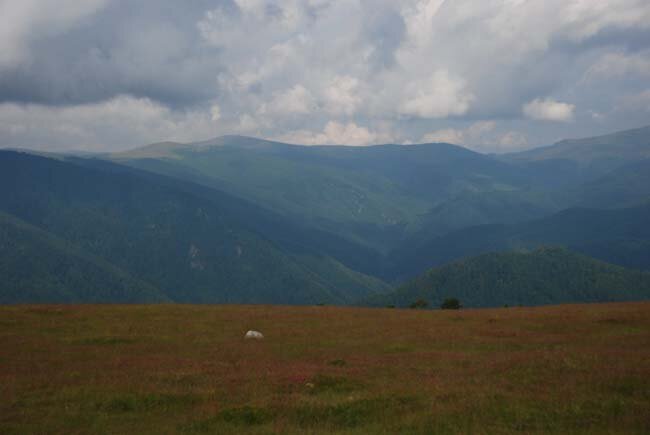
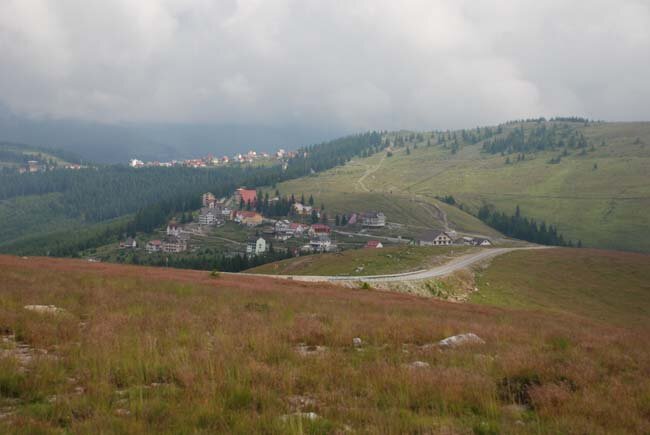
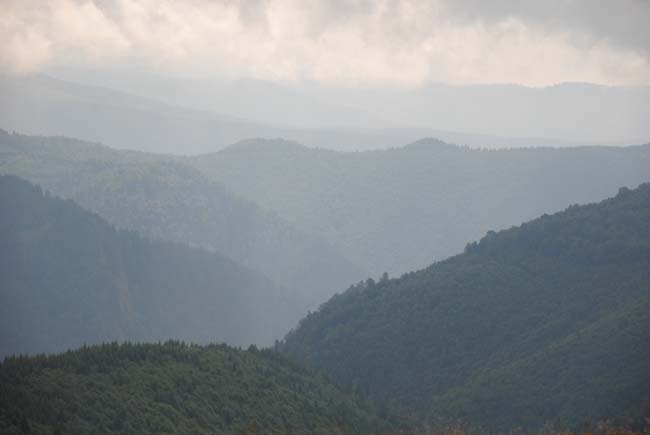
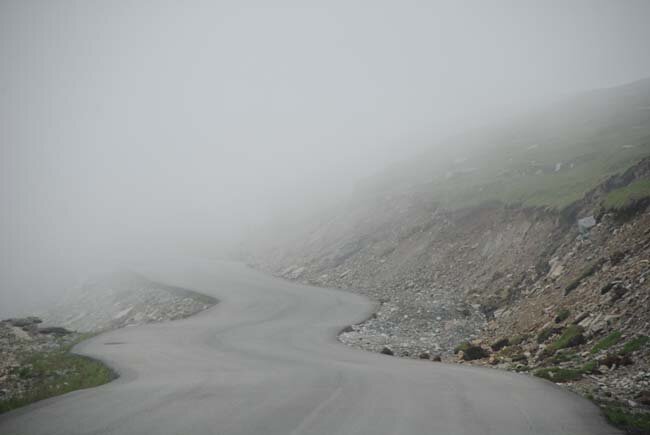
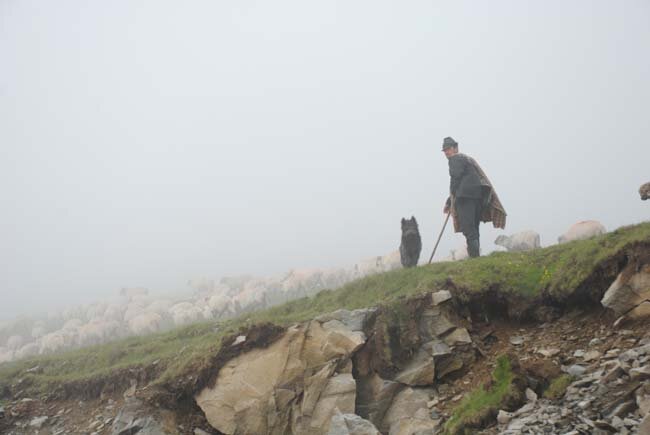

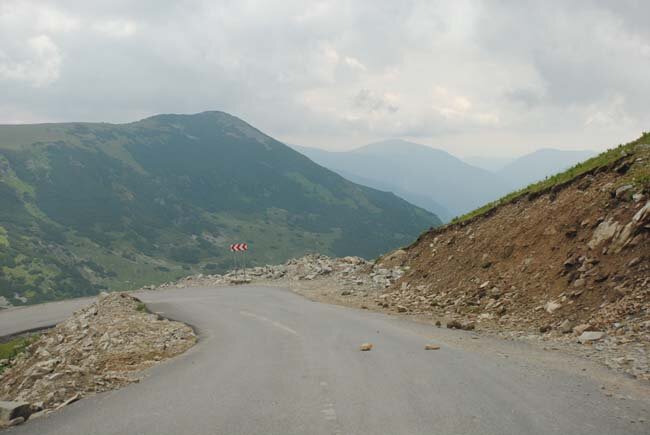
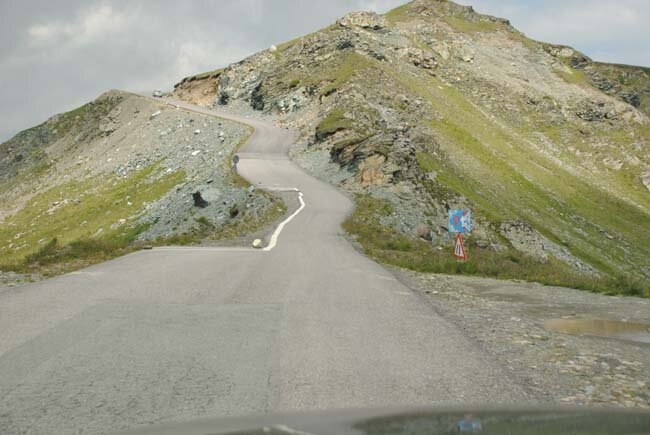
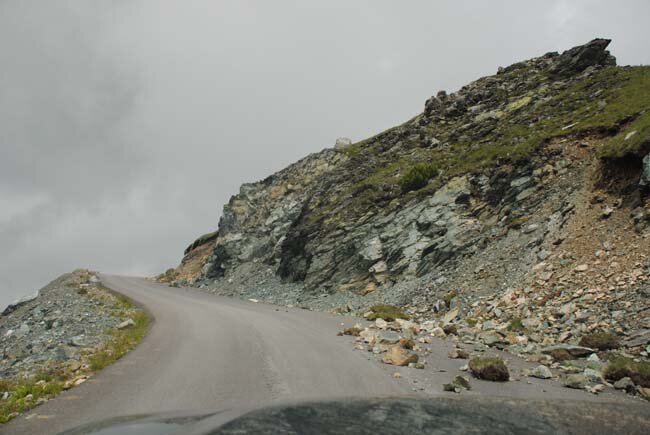

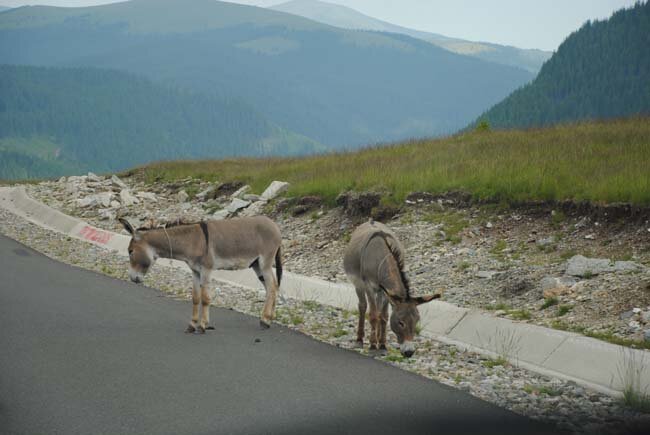
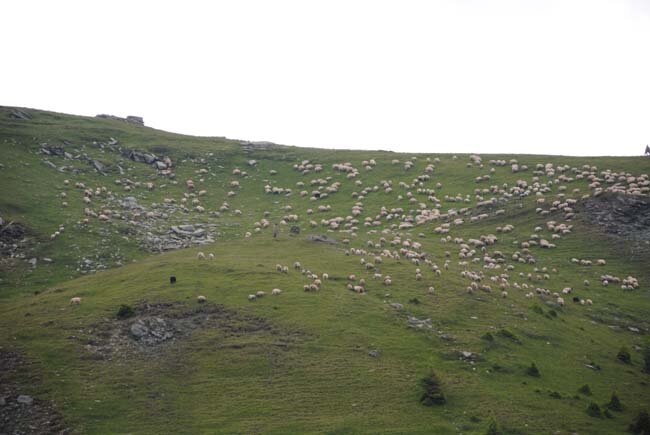
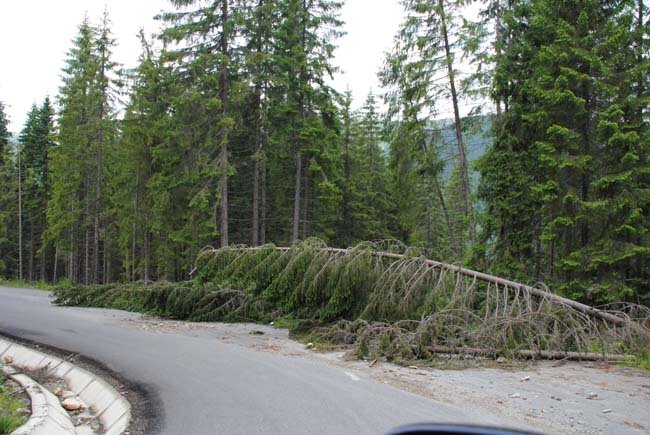
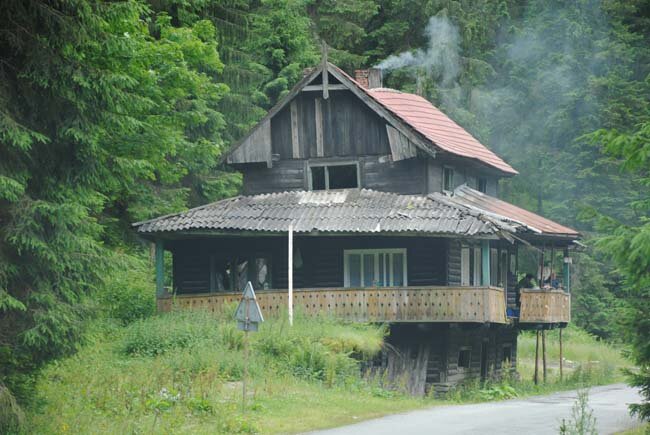
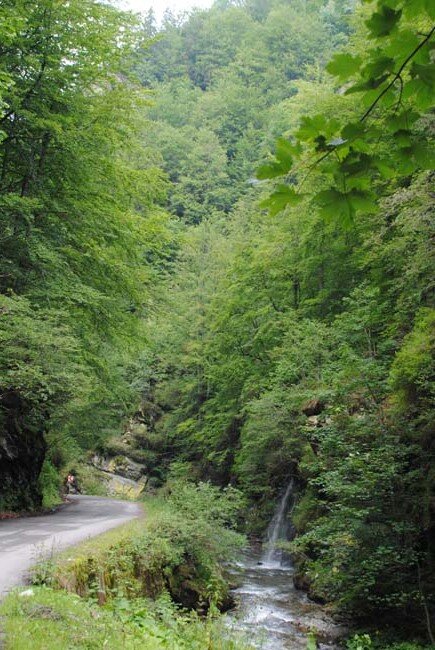
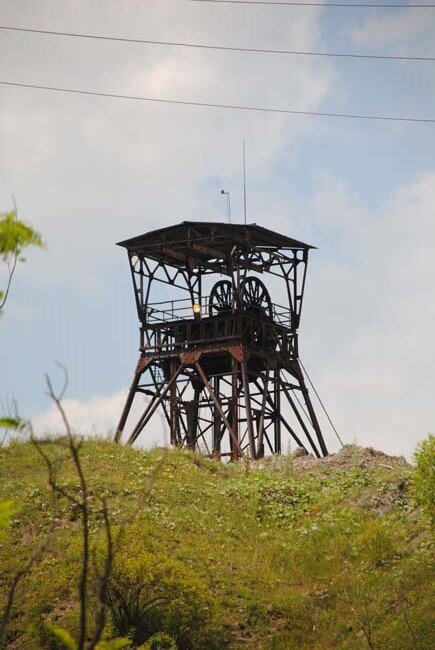
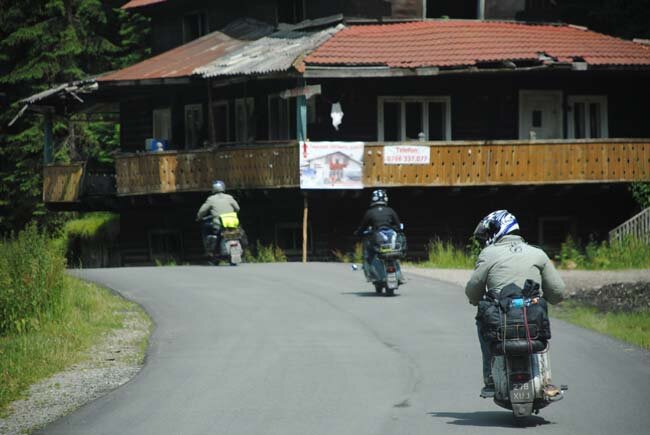

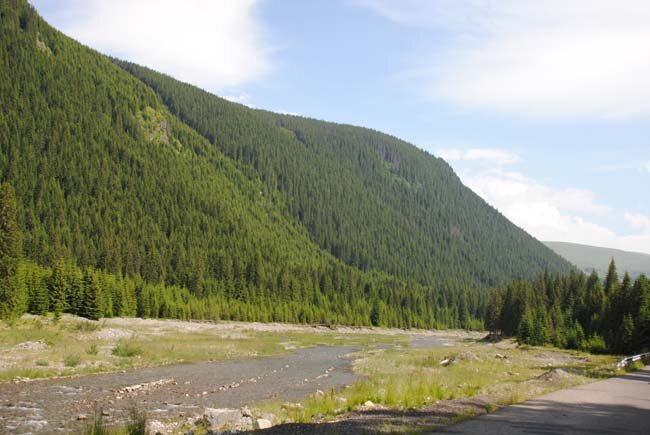
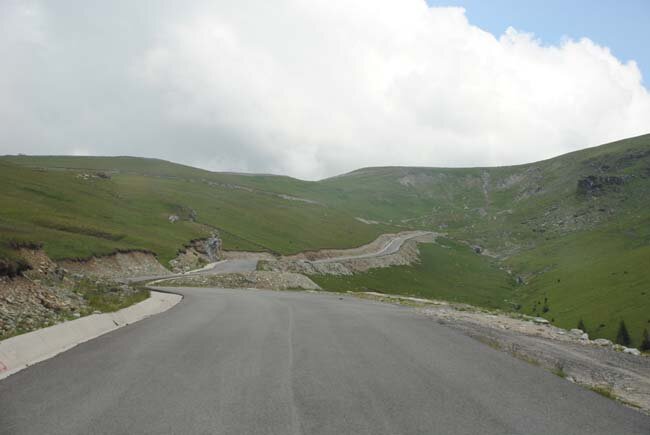

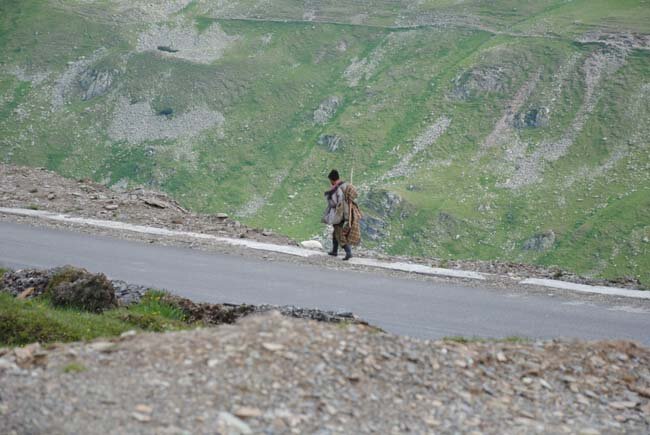

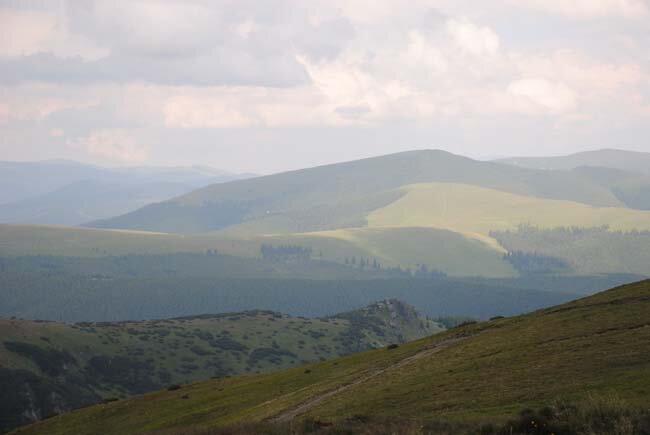
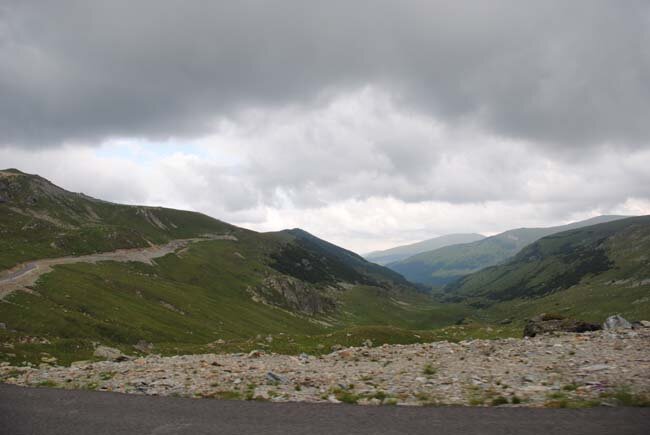
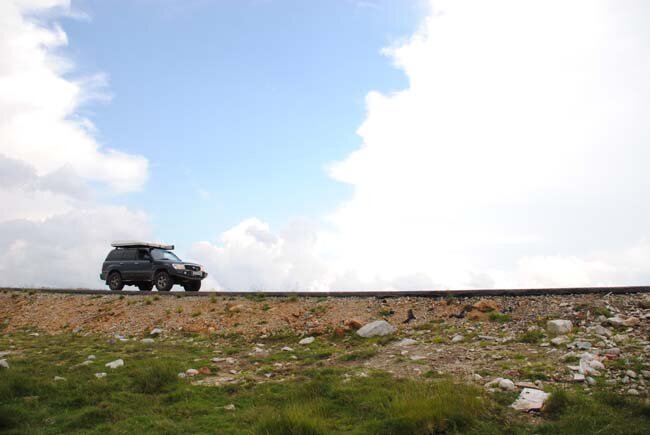
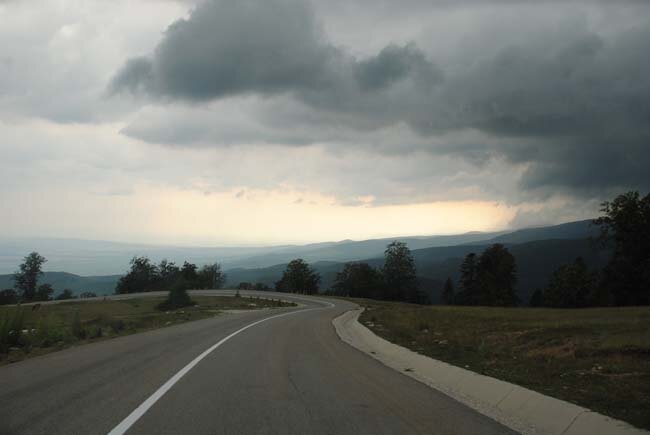
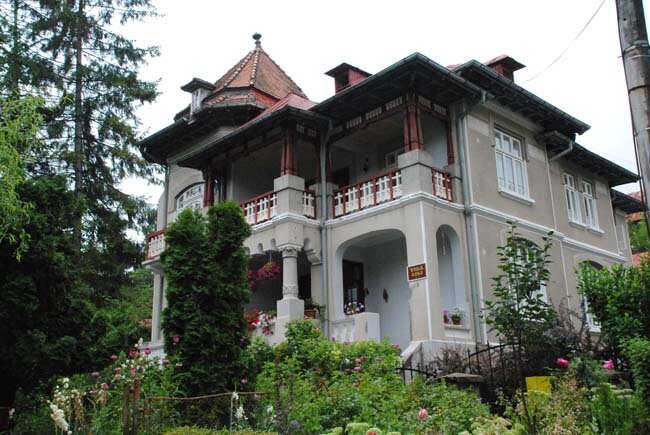
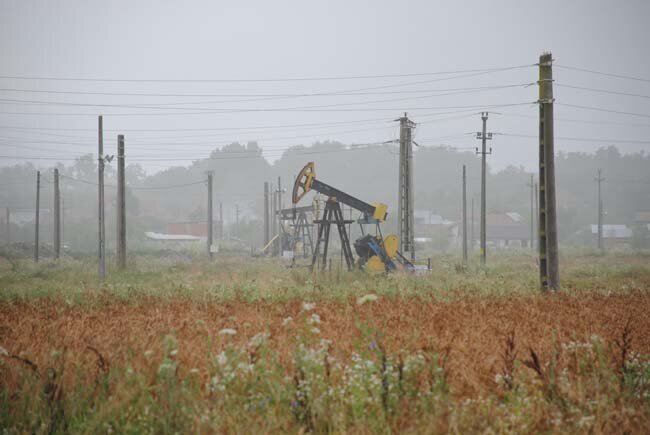
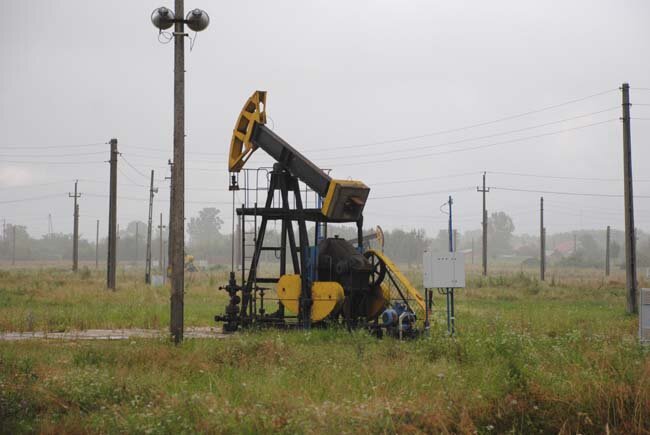
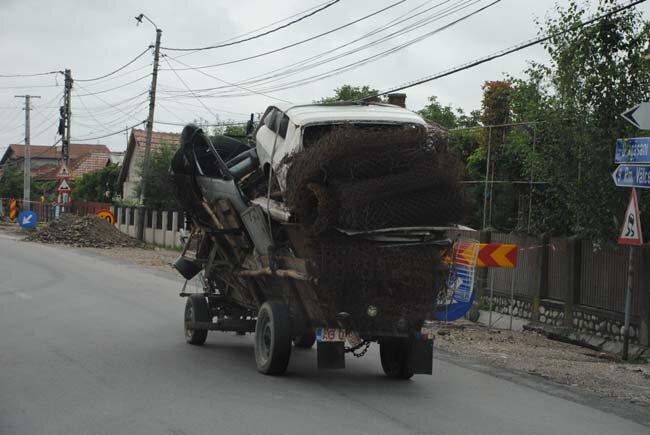
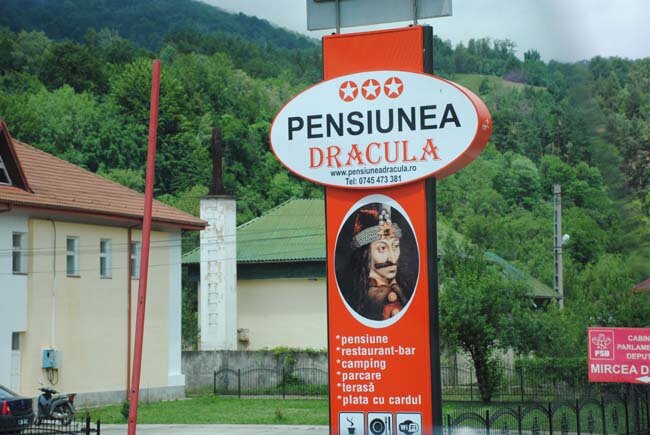
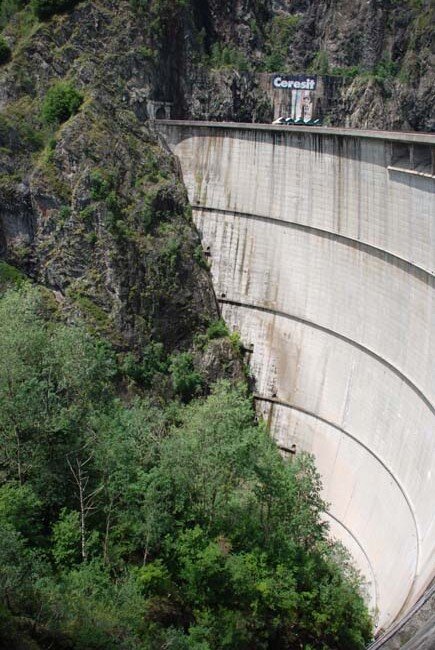
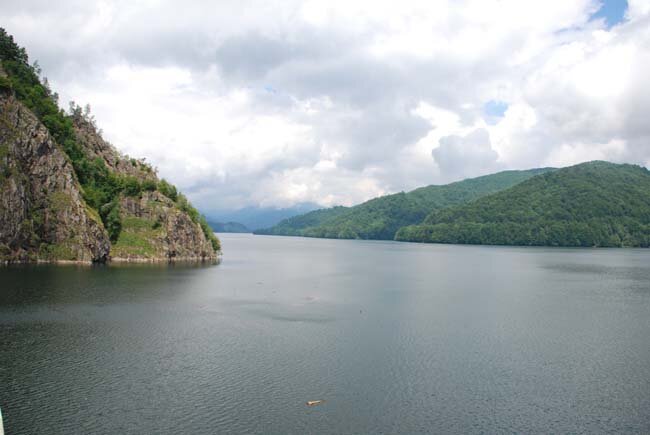
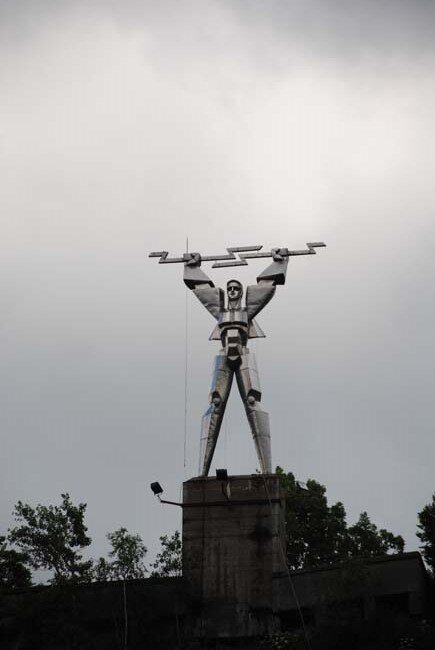
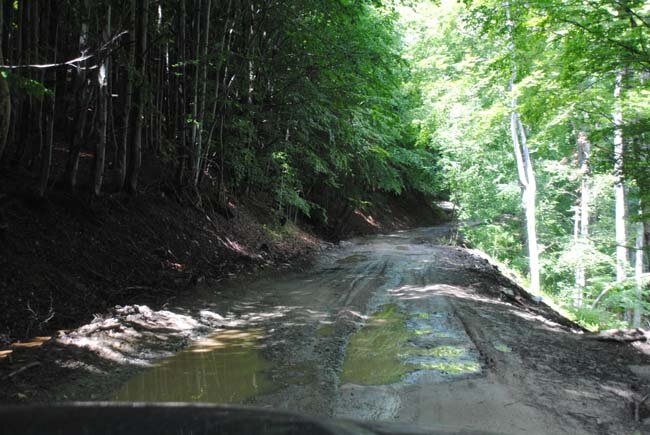

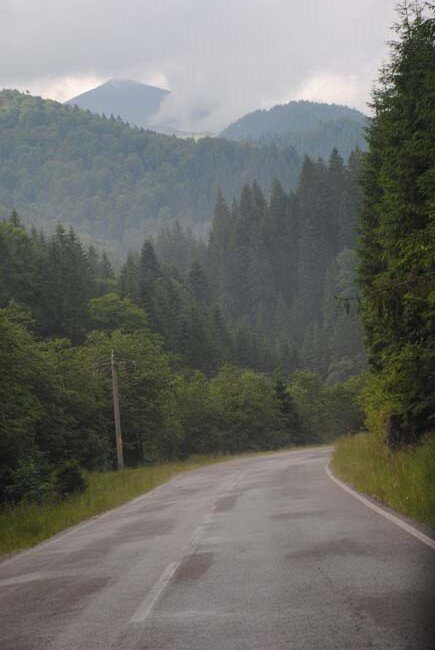
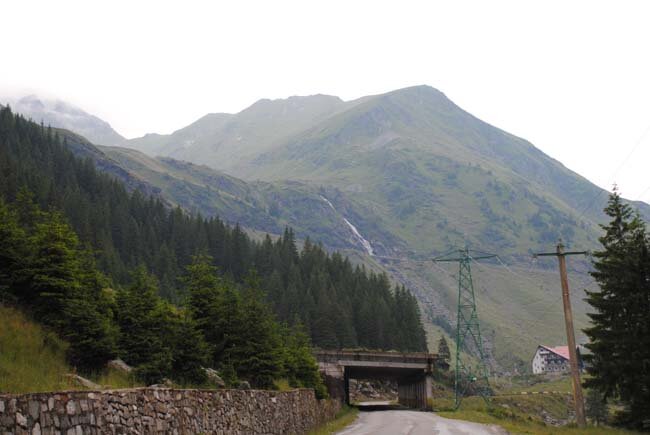
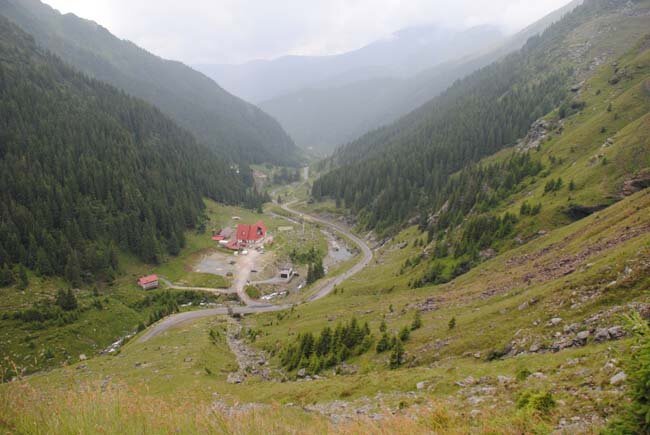
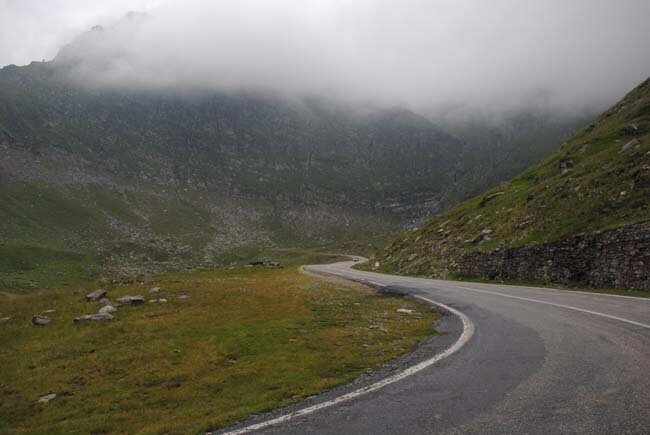
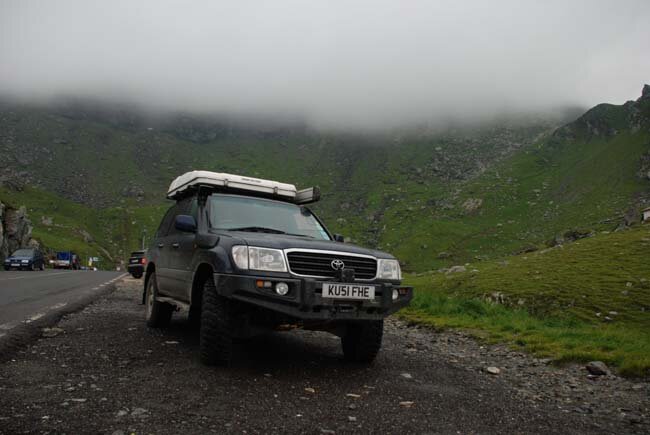
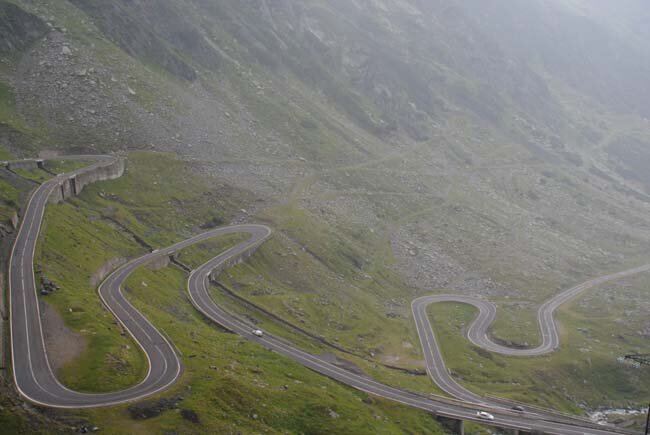
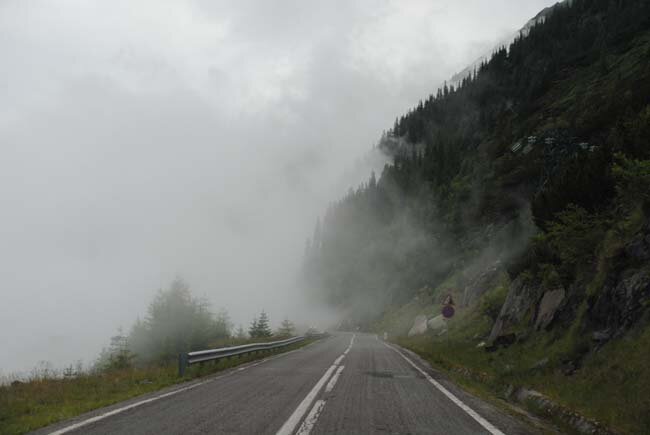
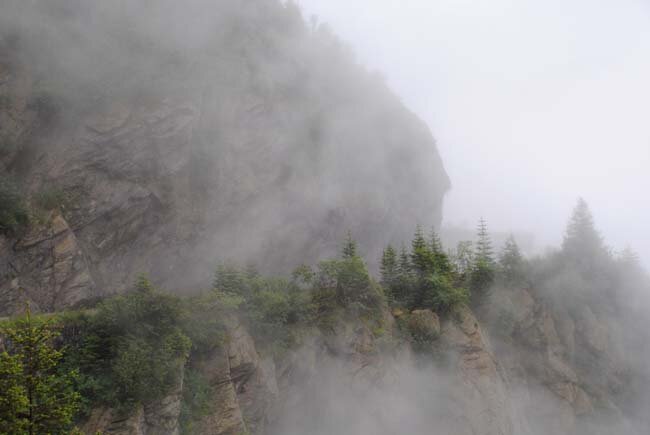
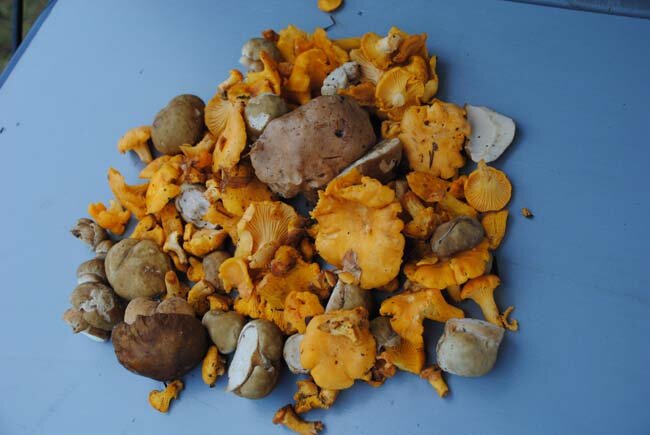
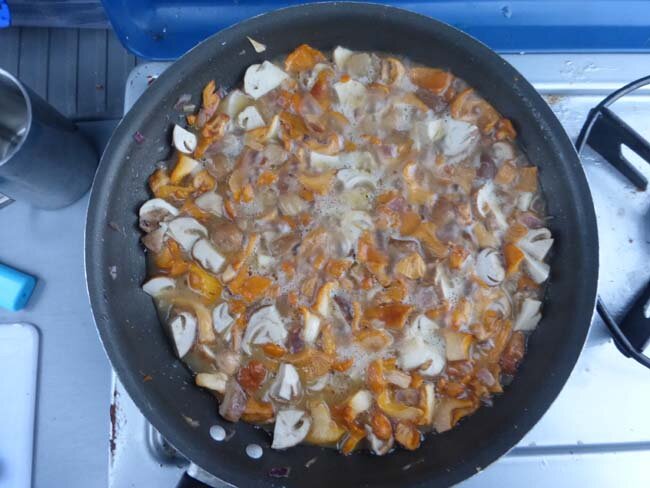
 that's why
that's why 